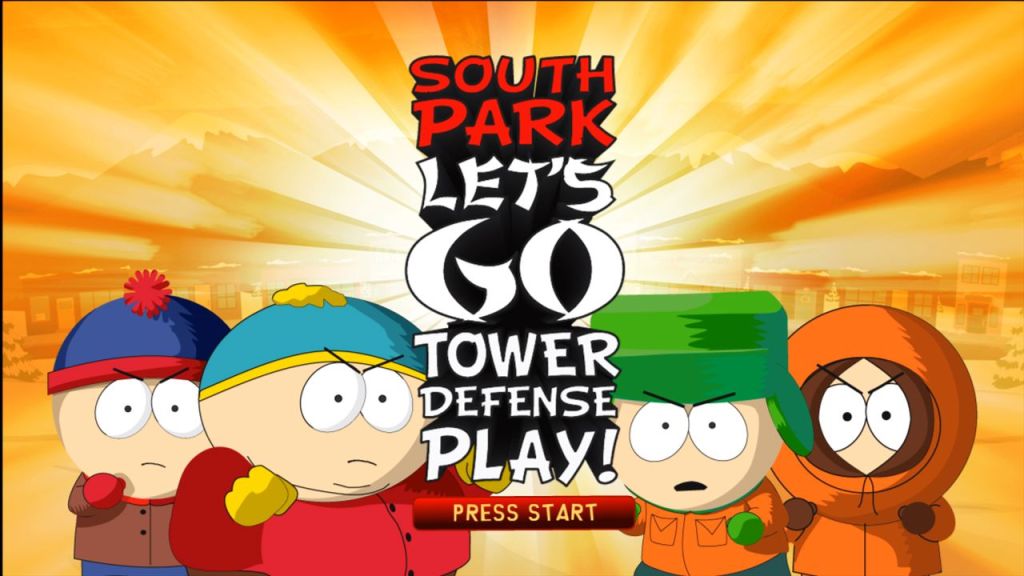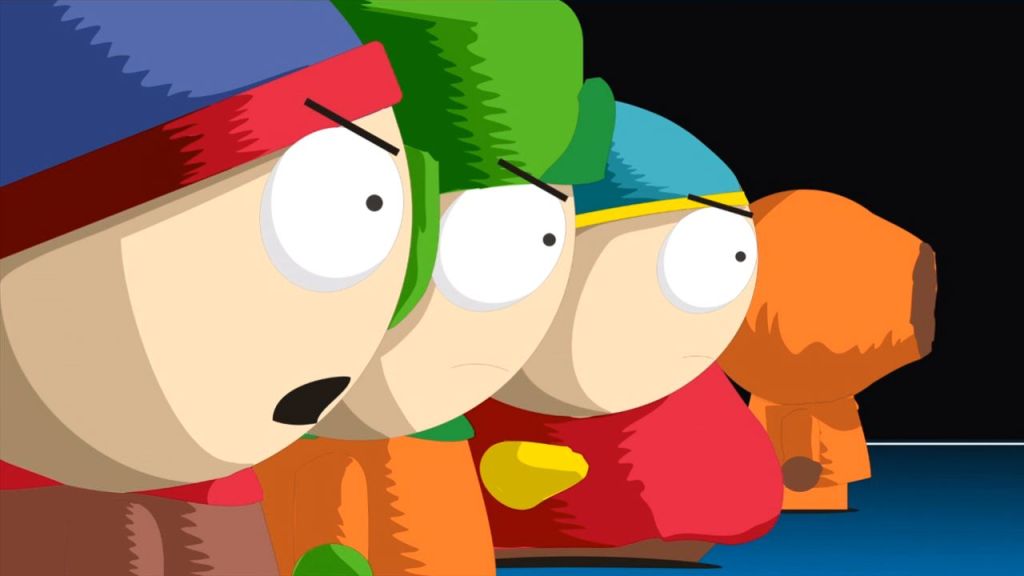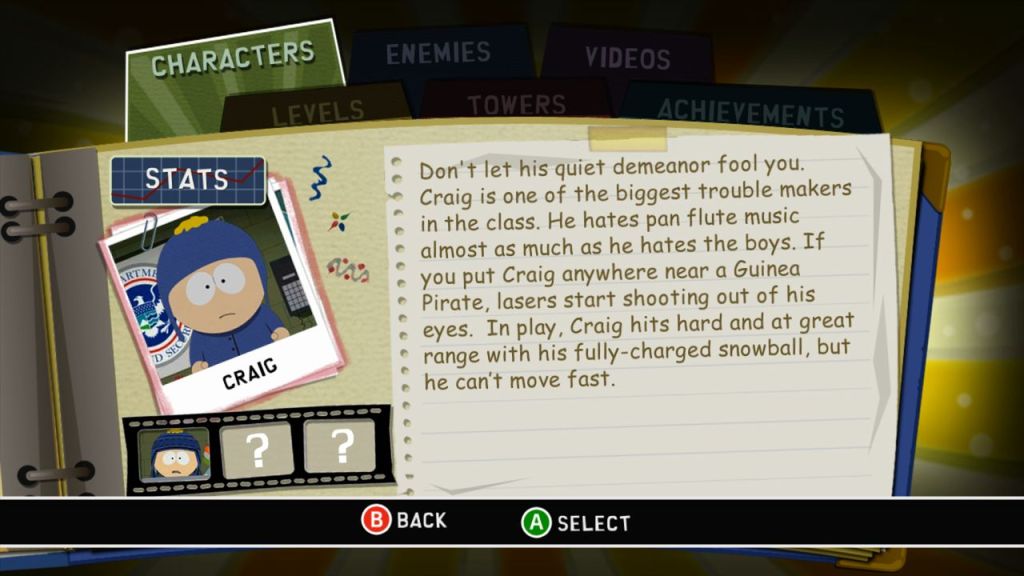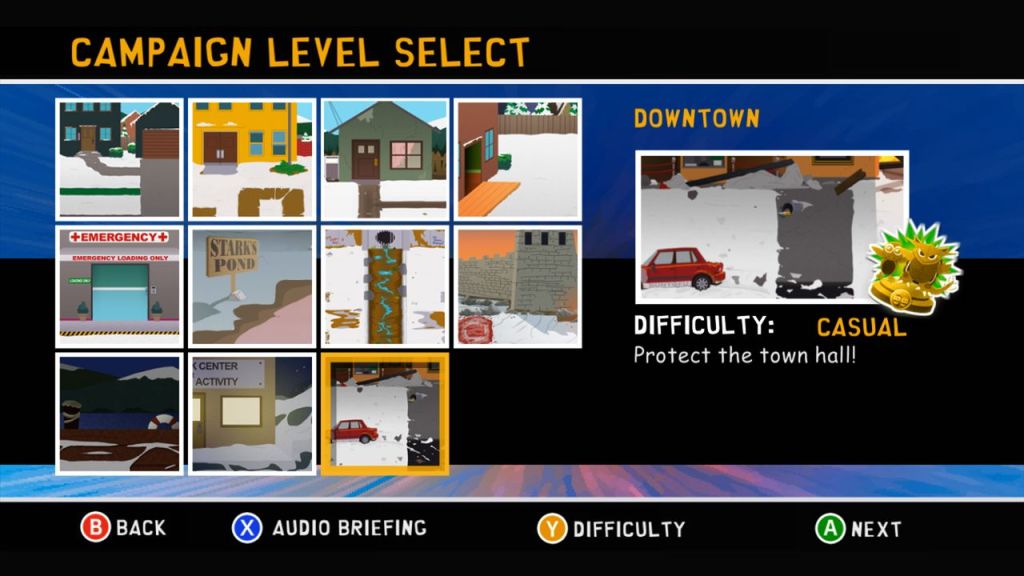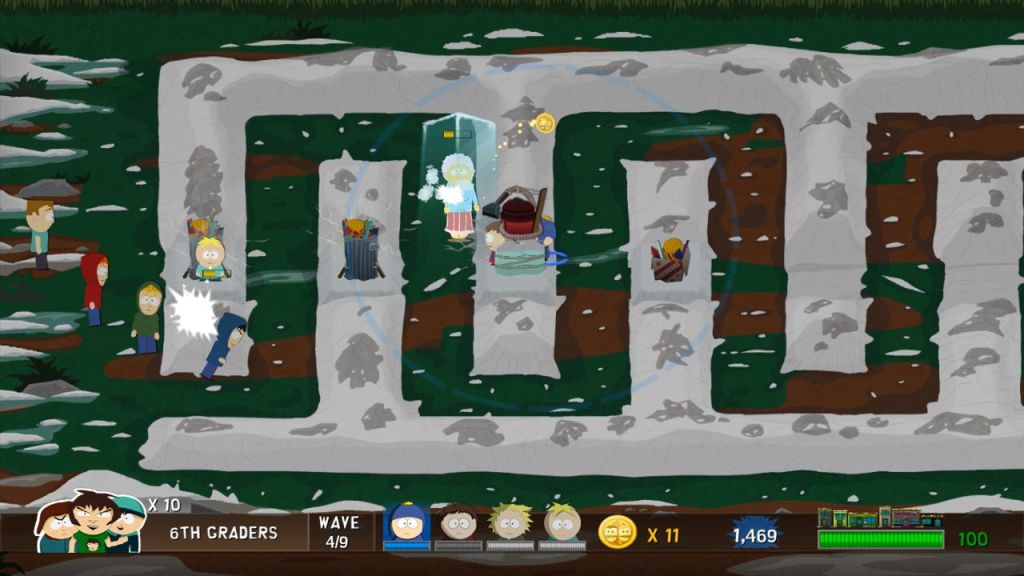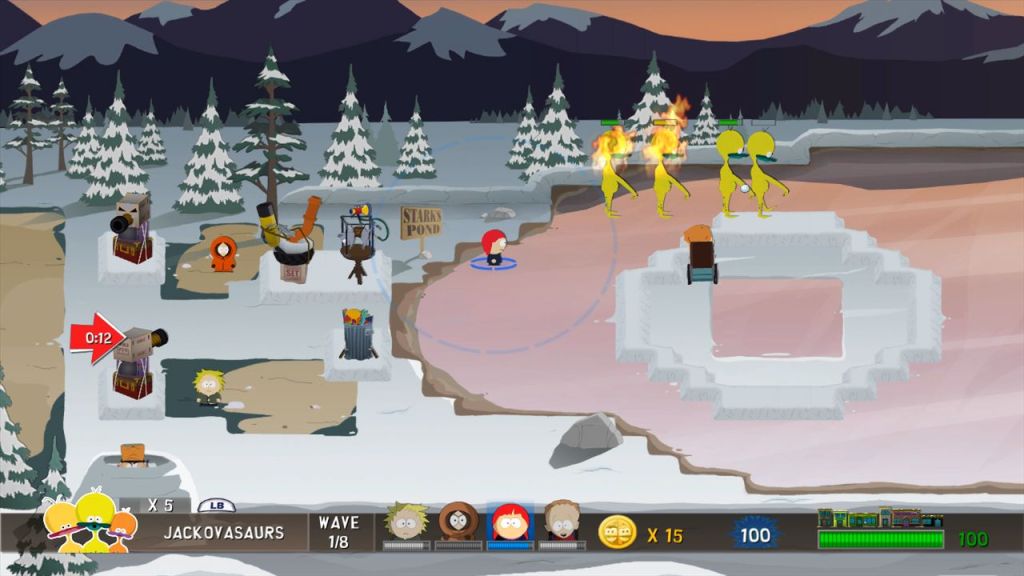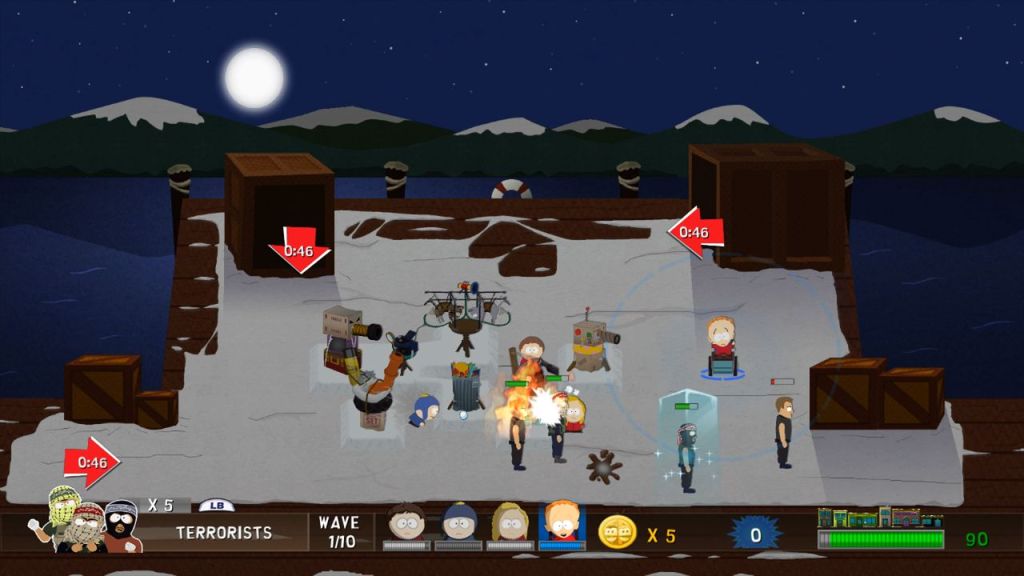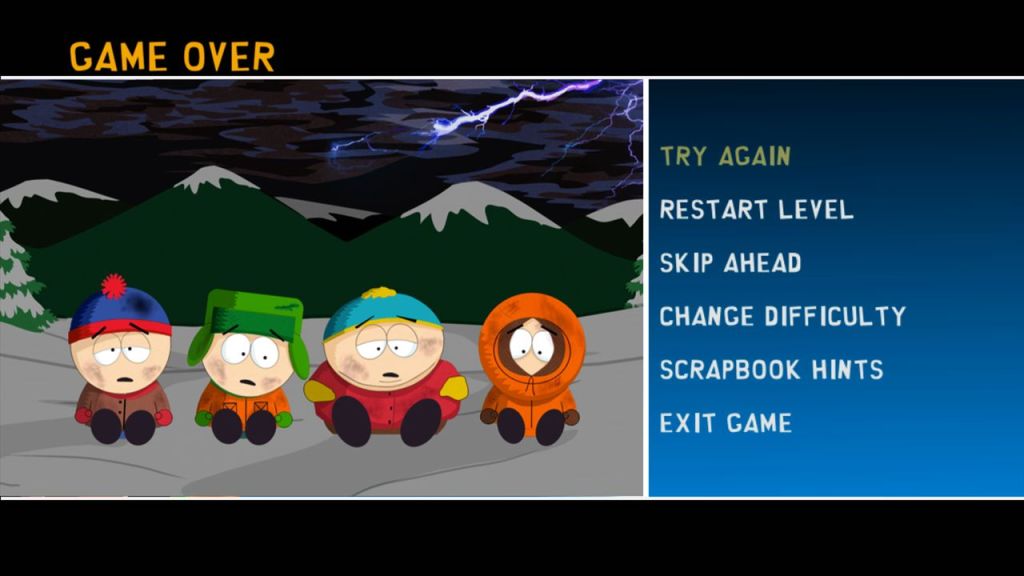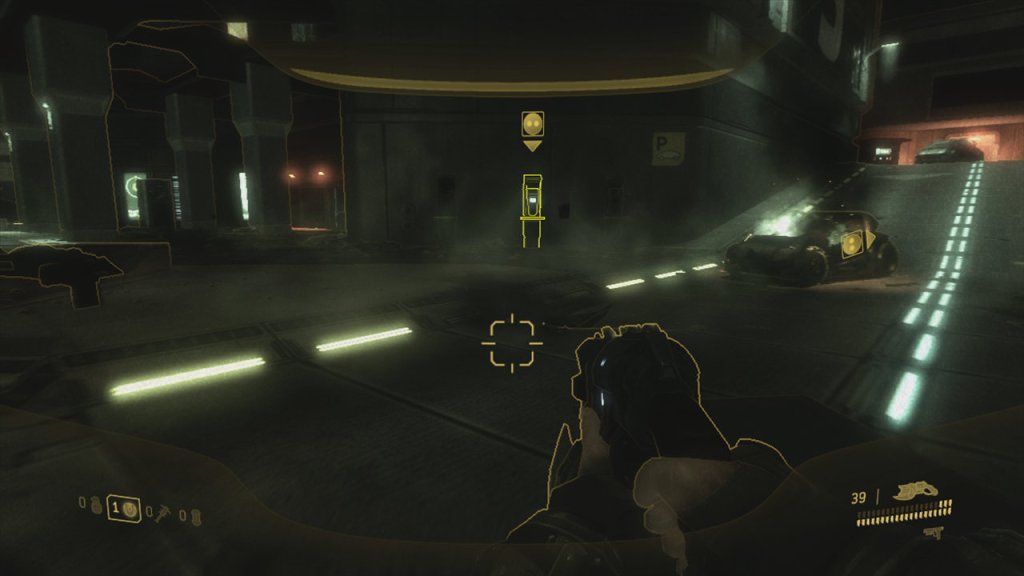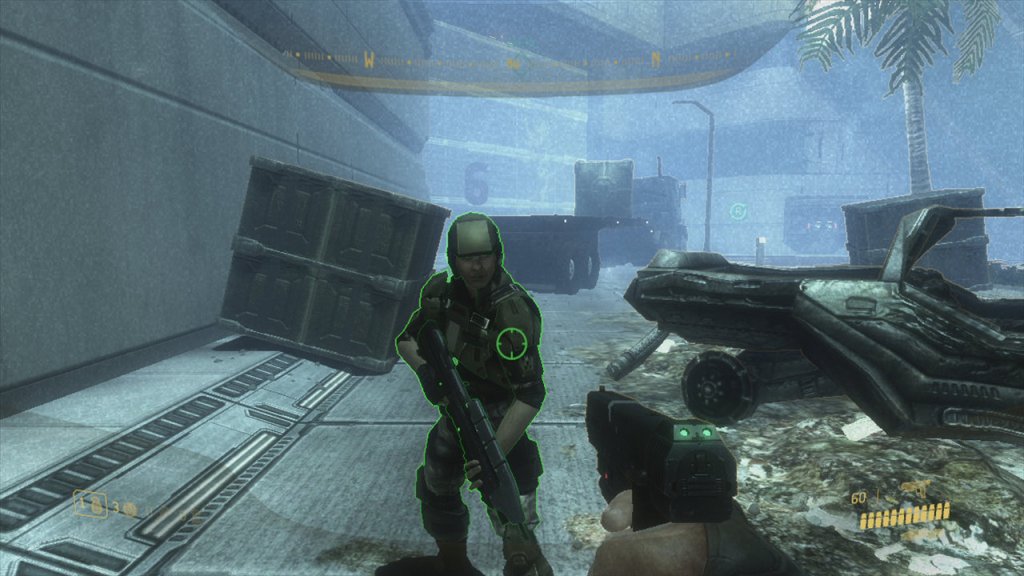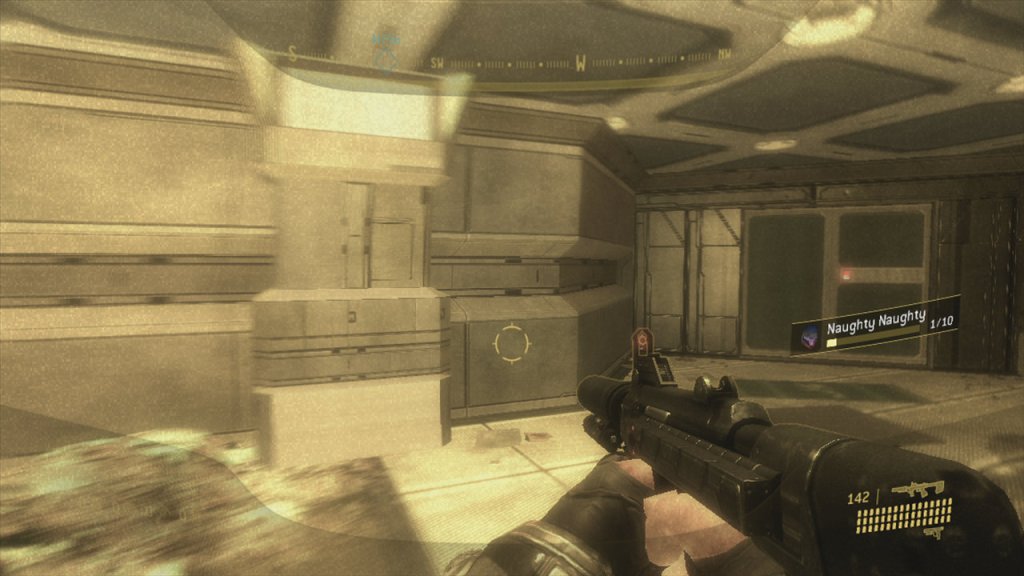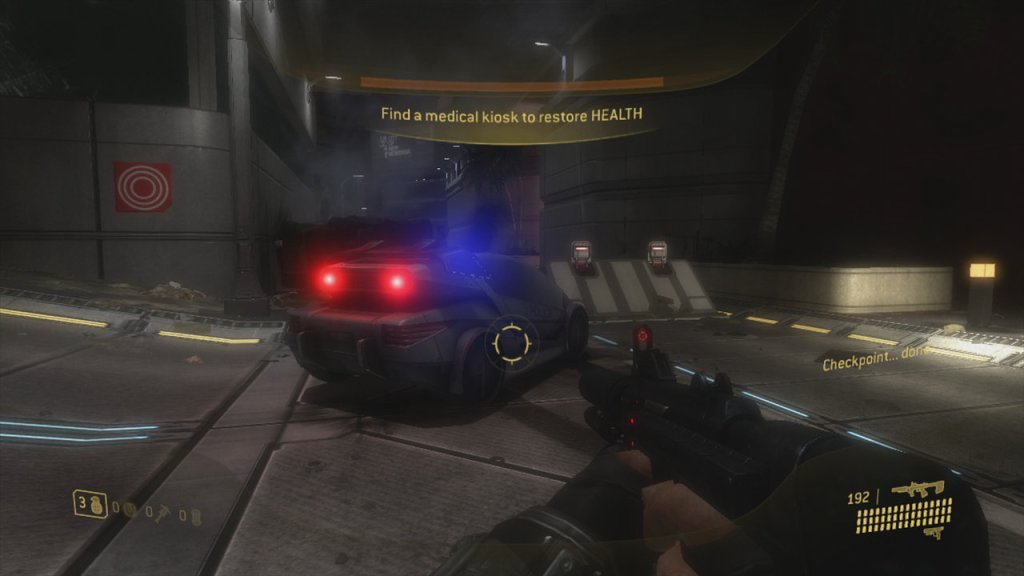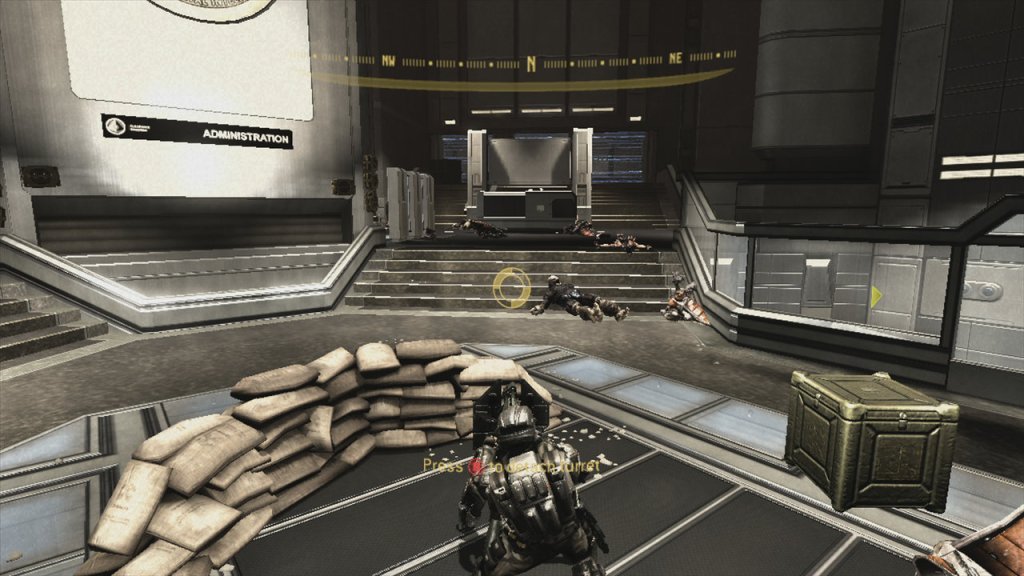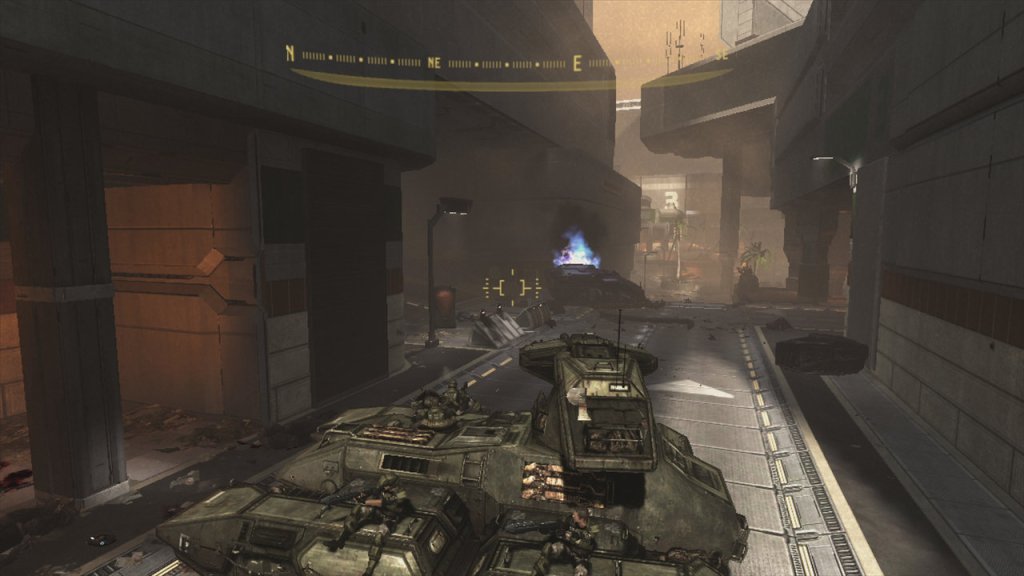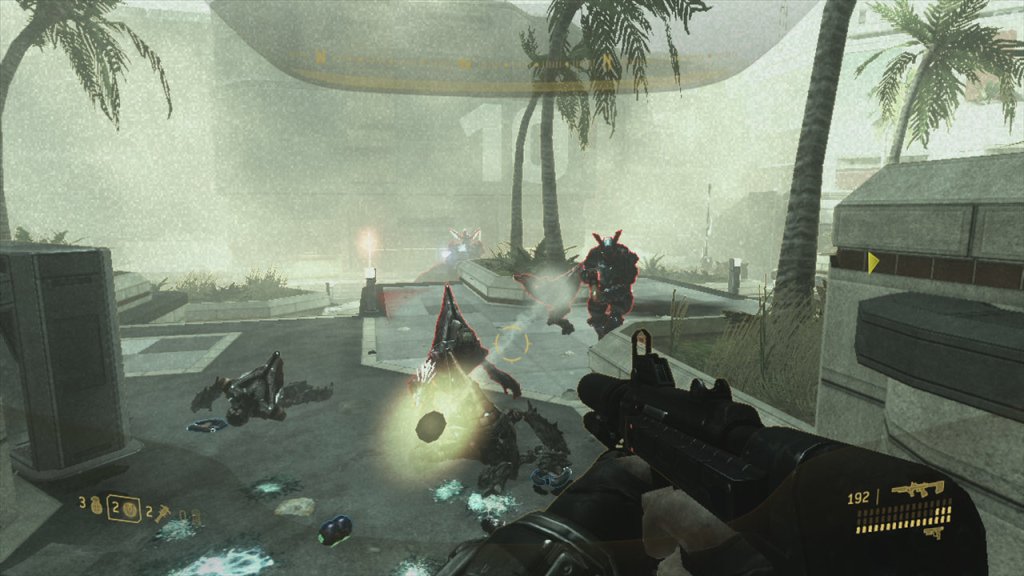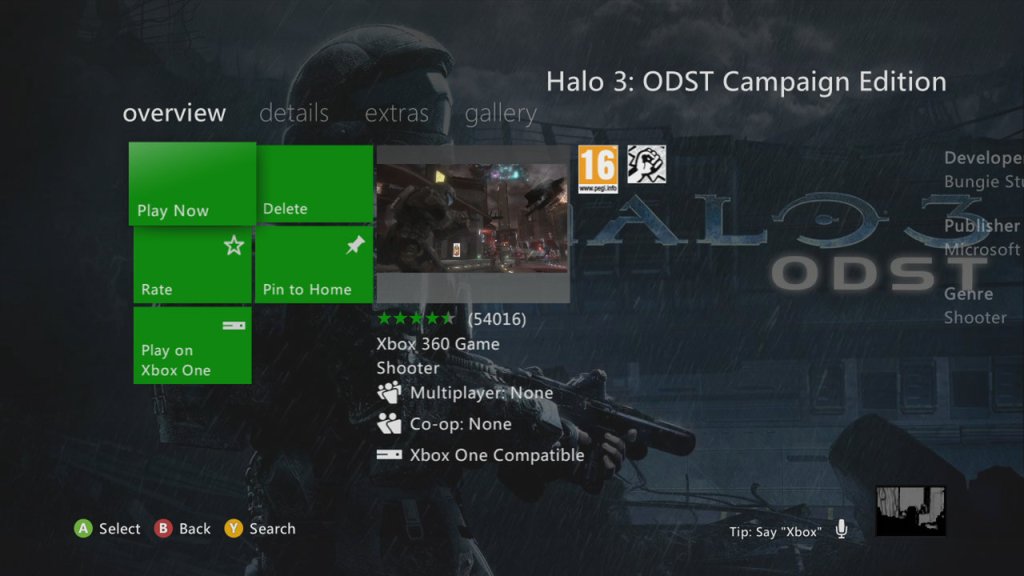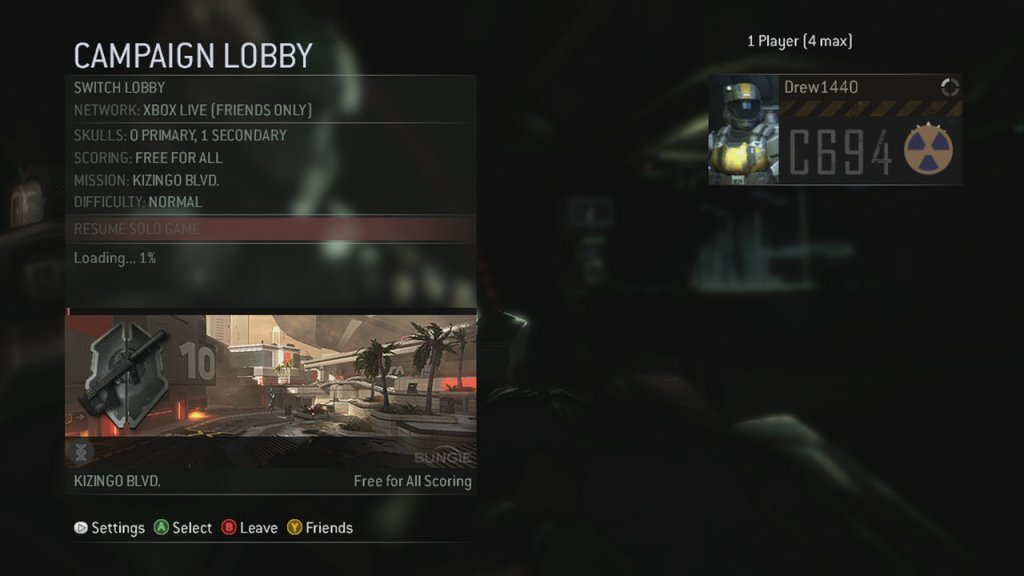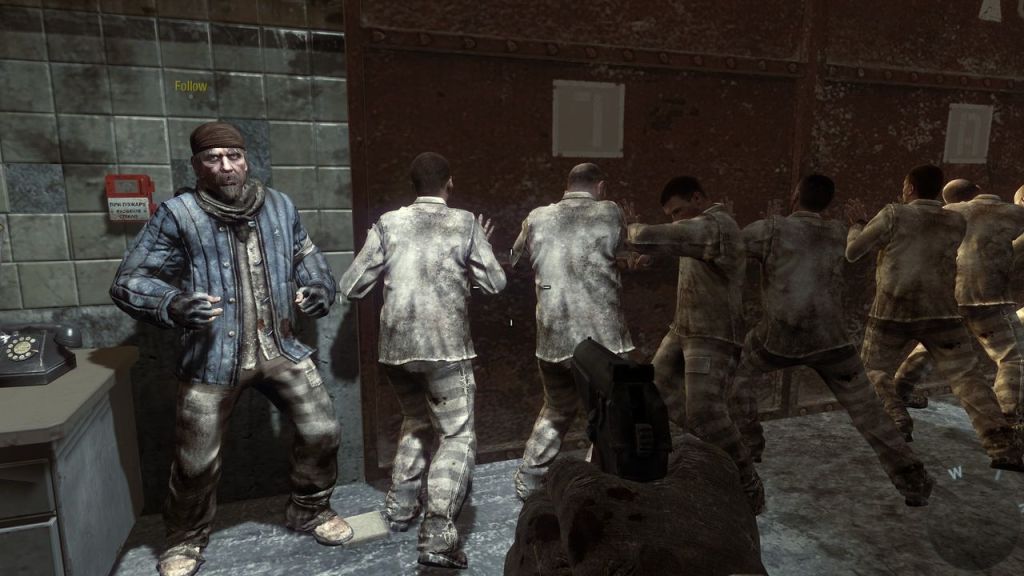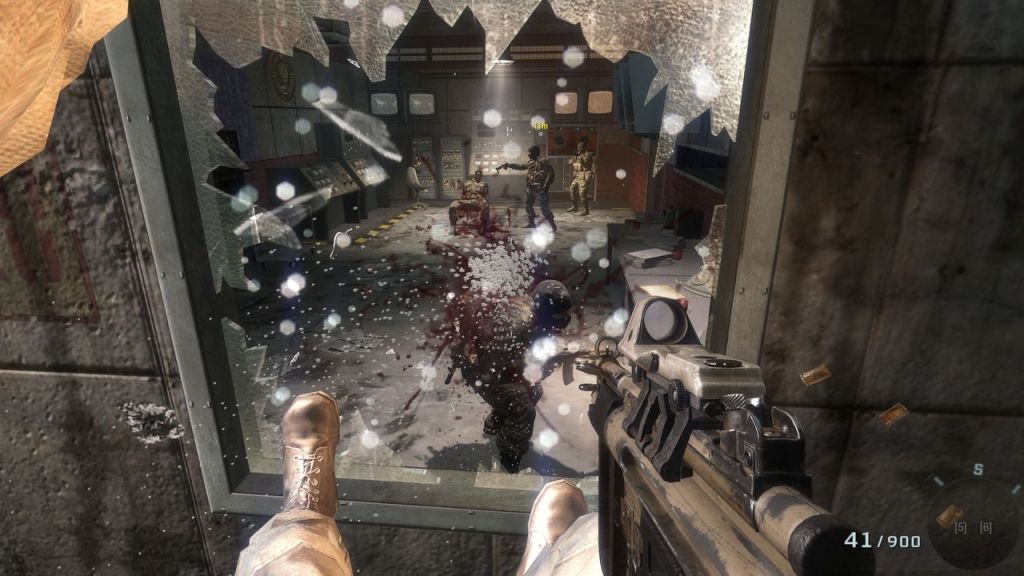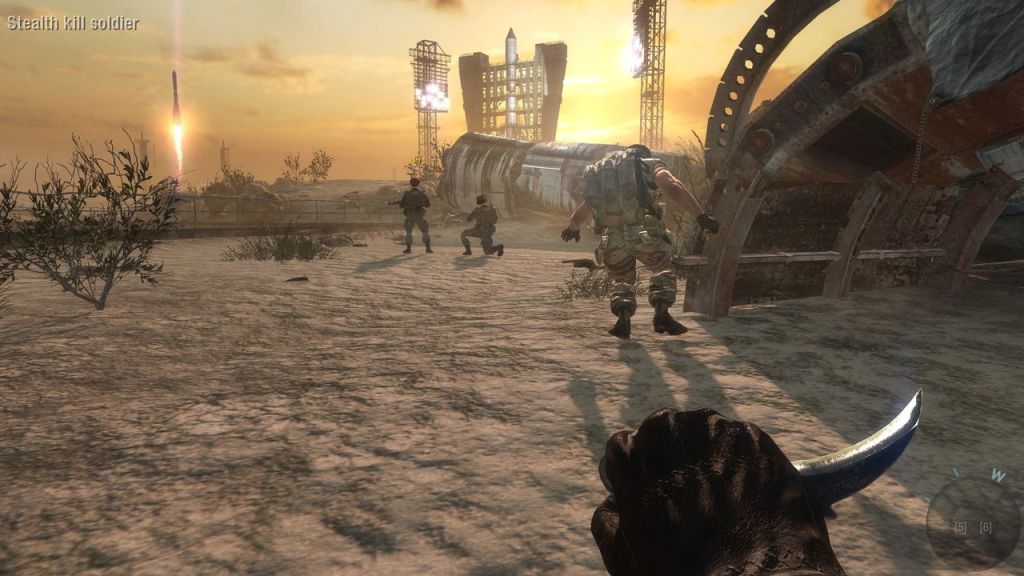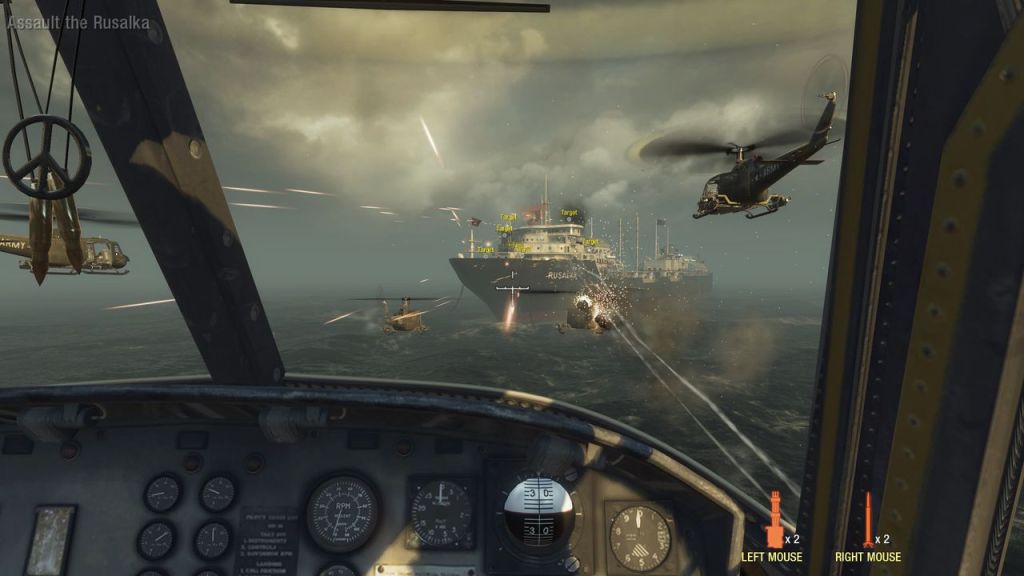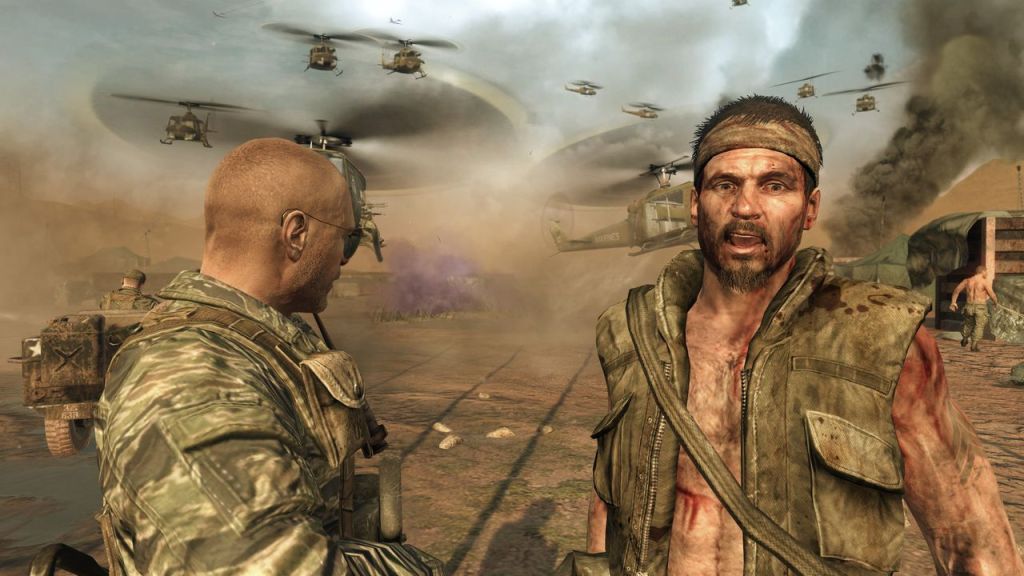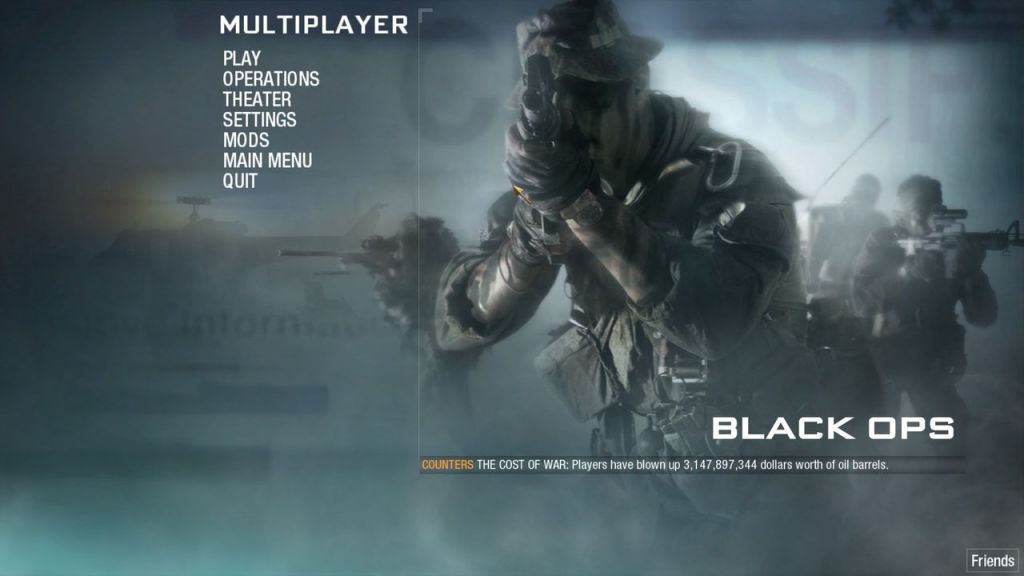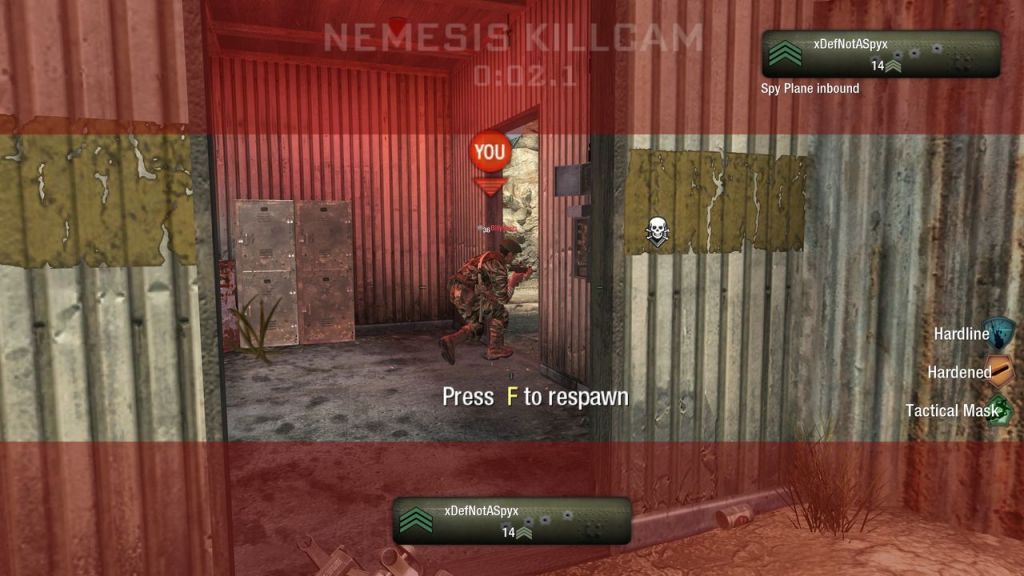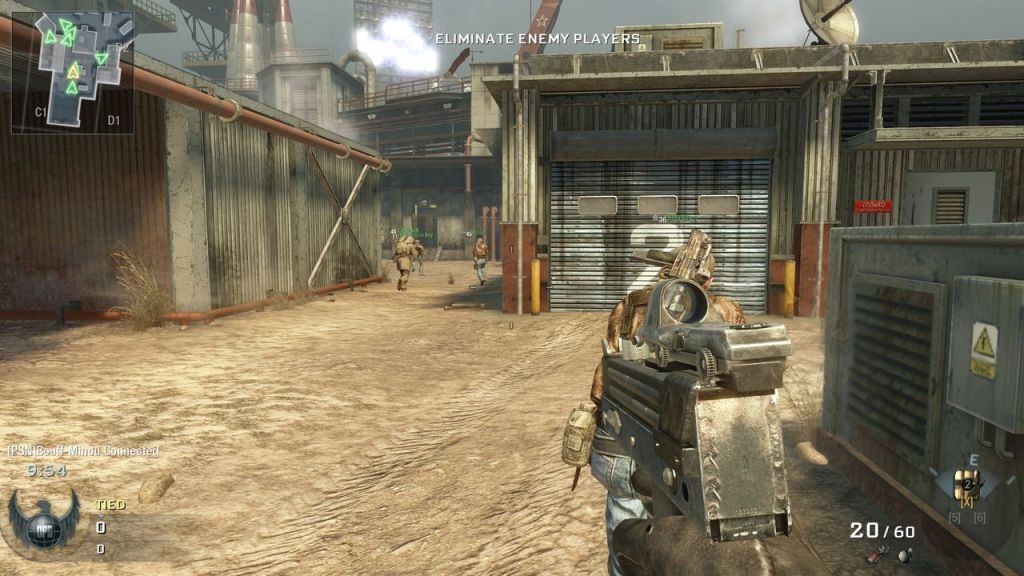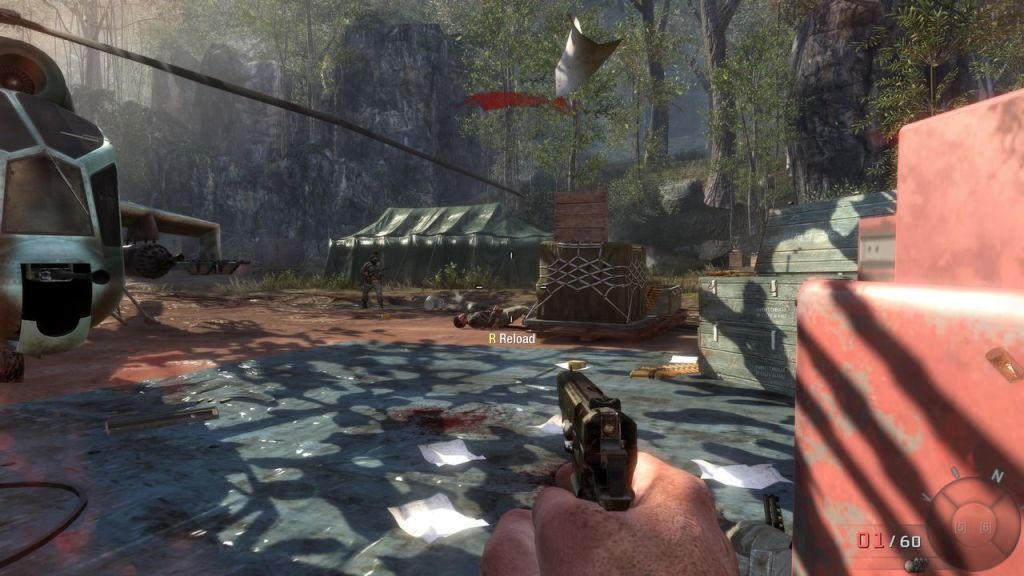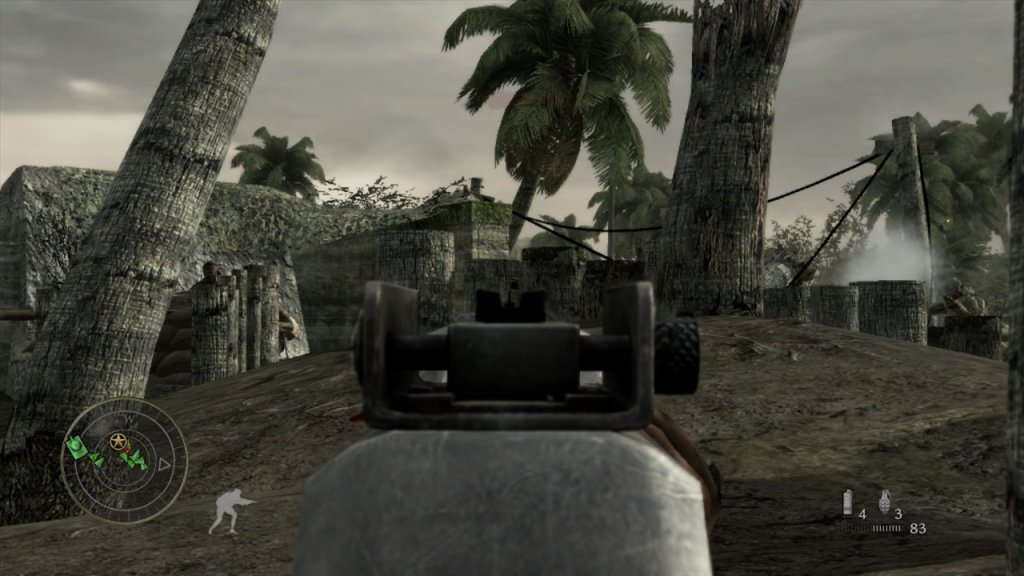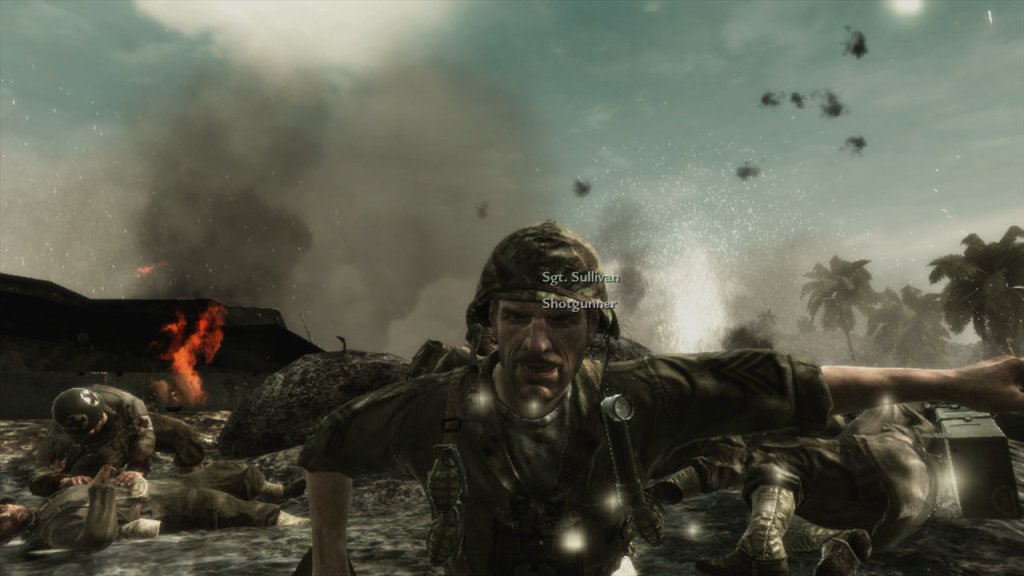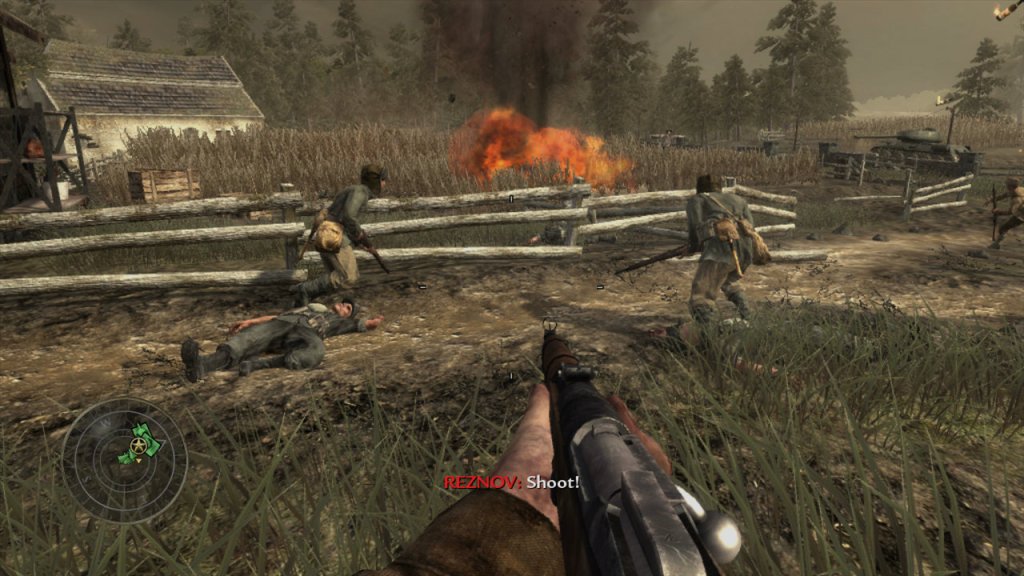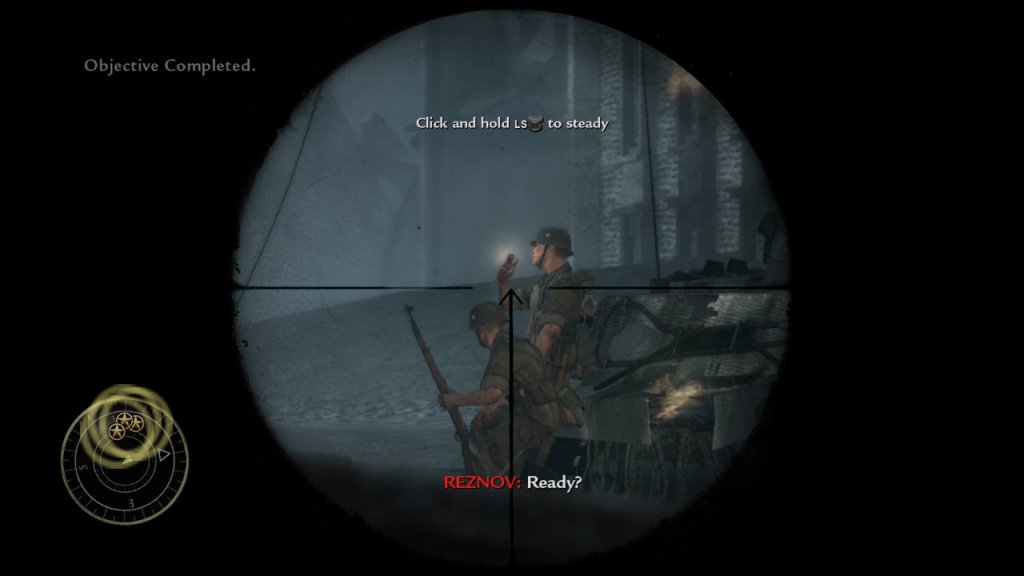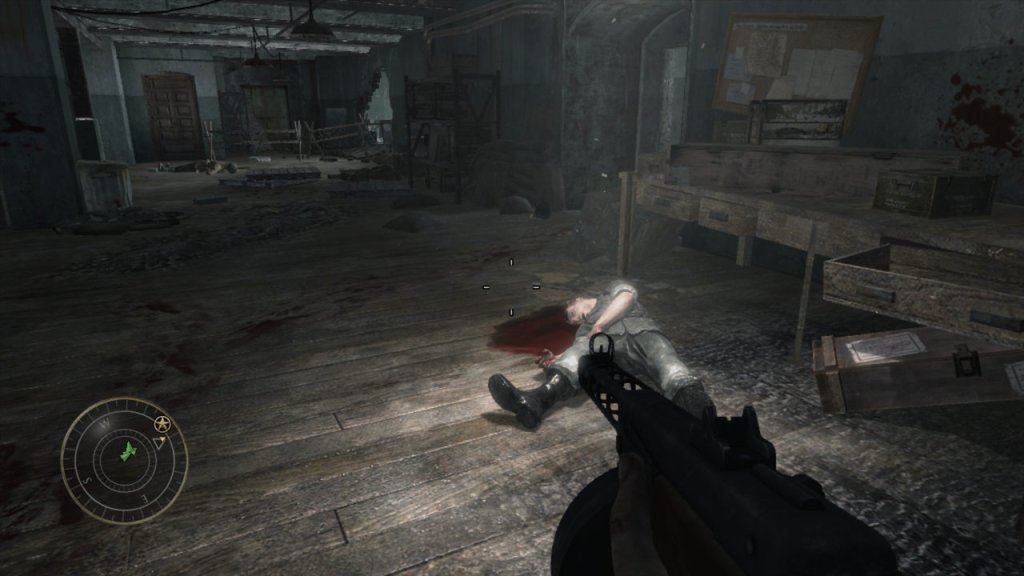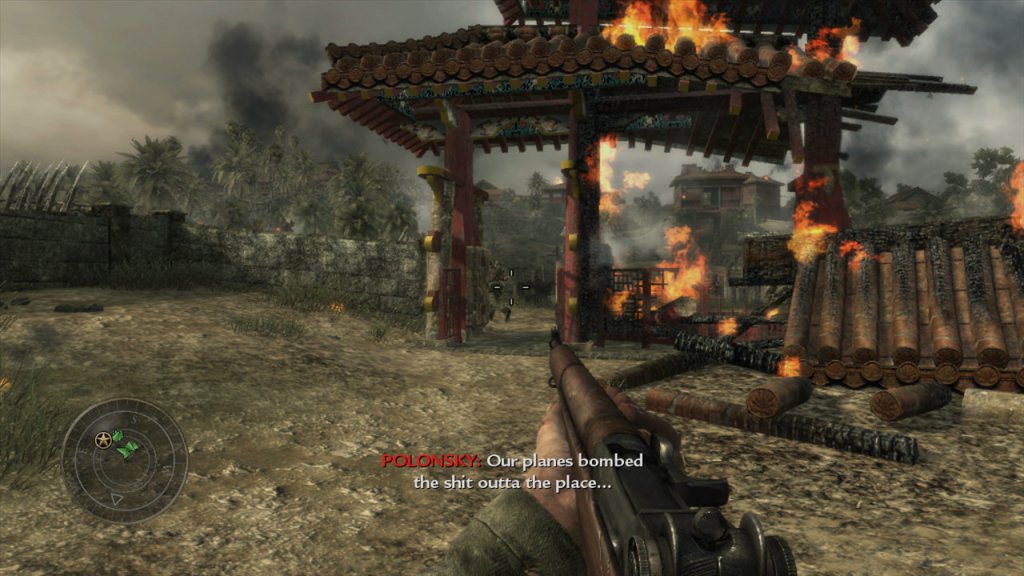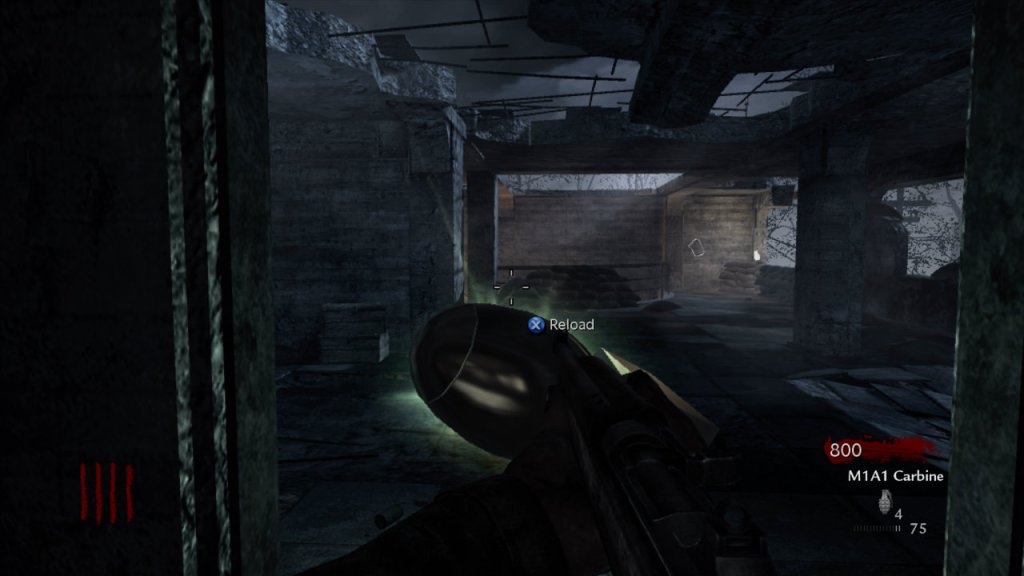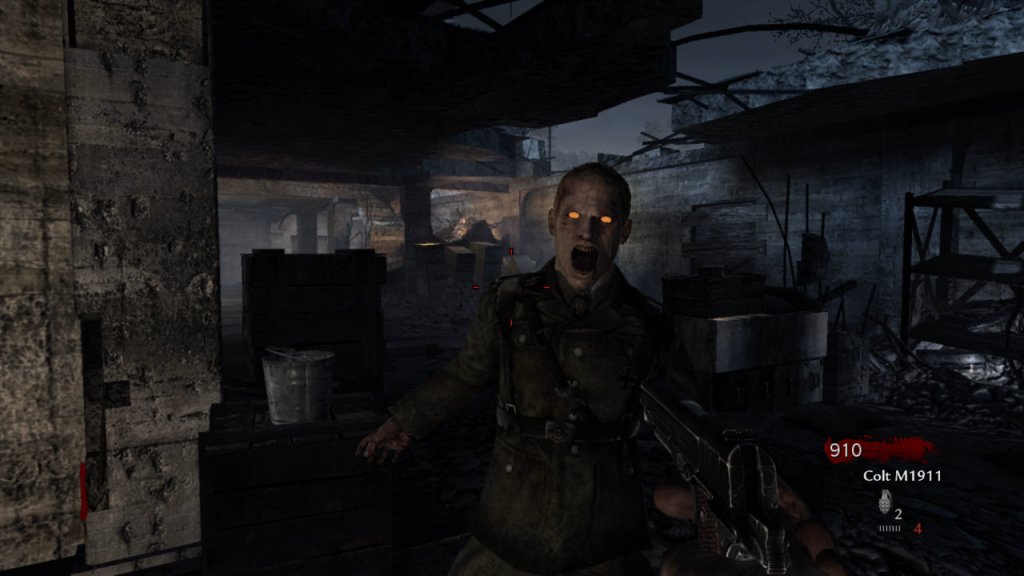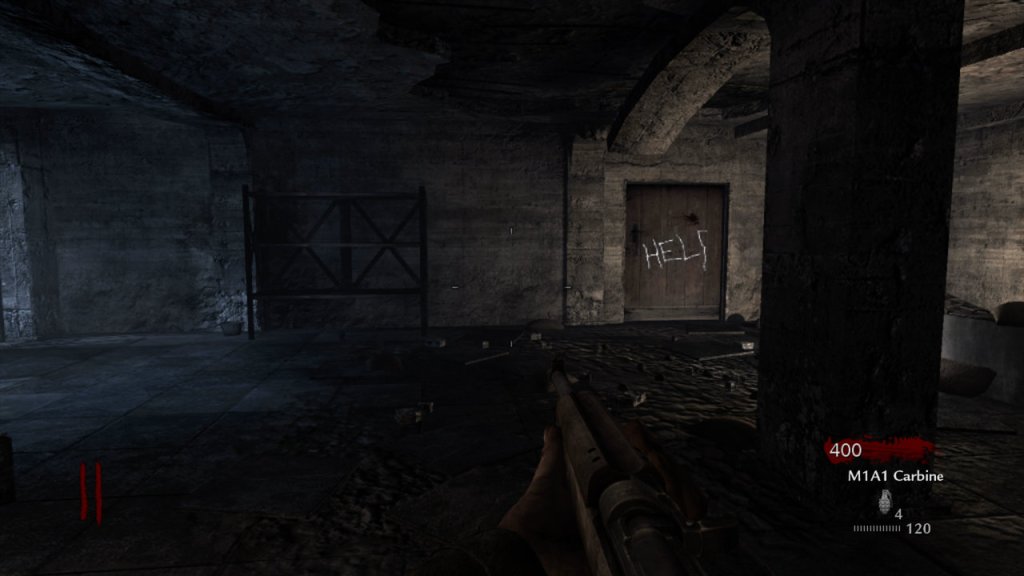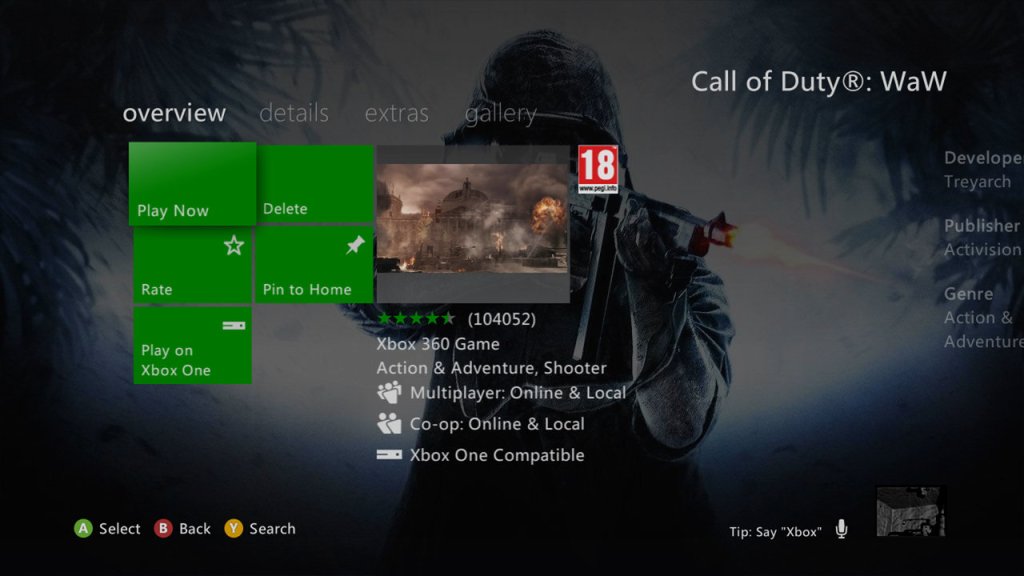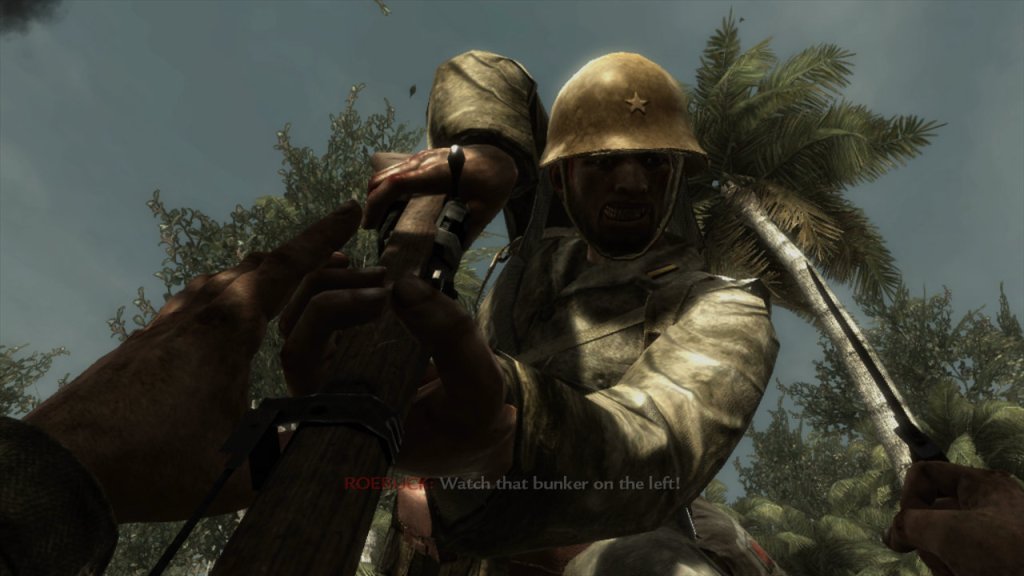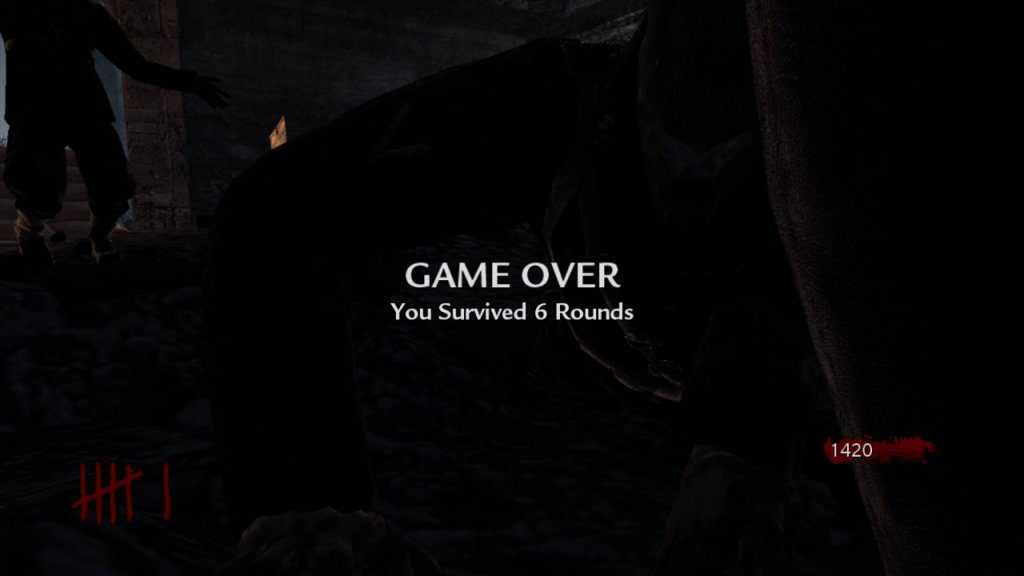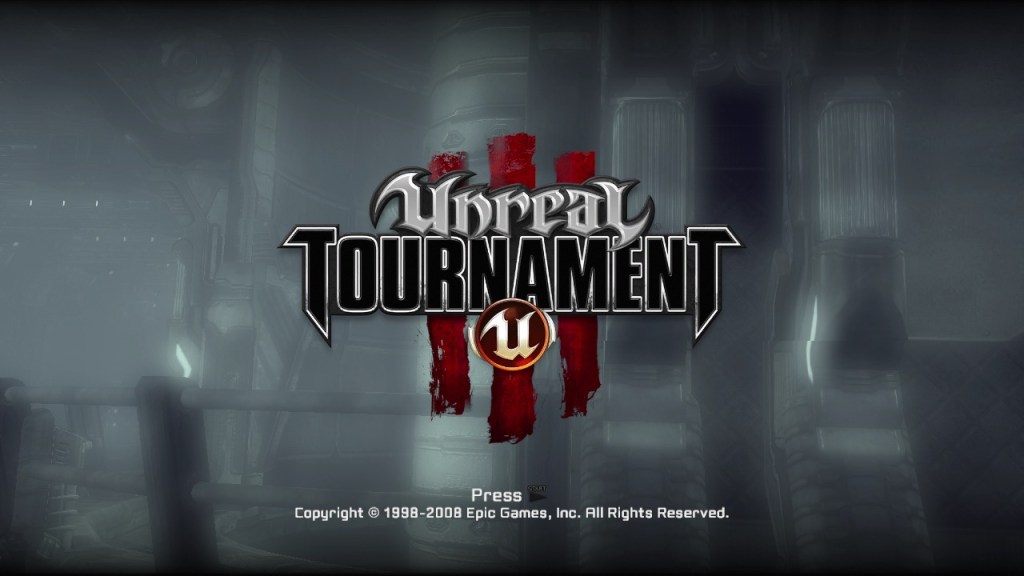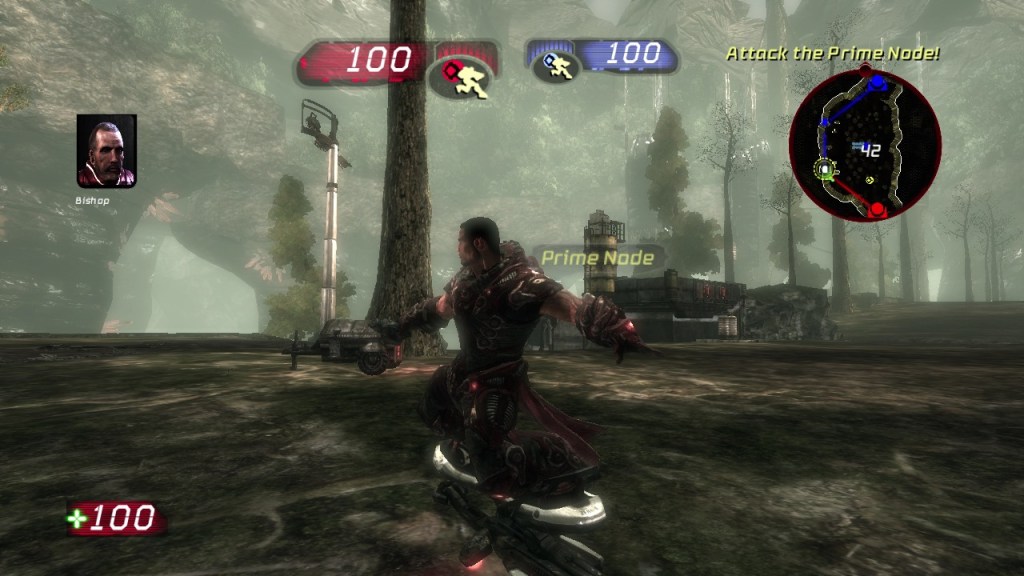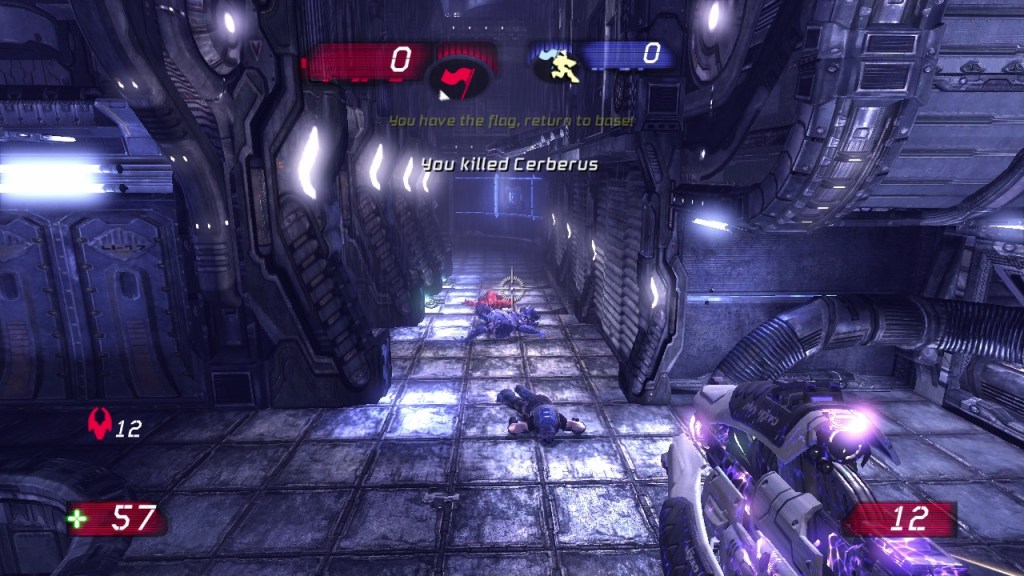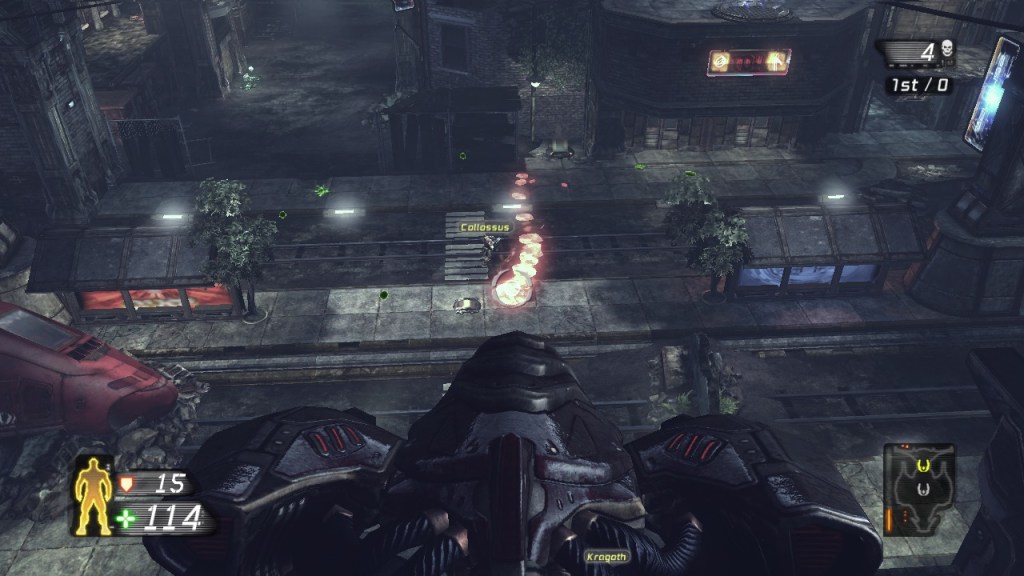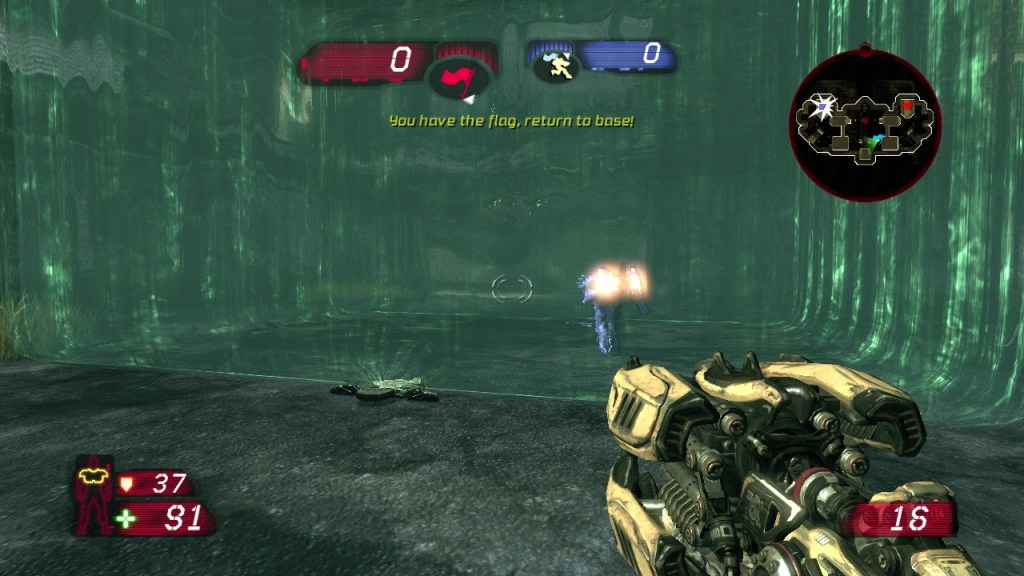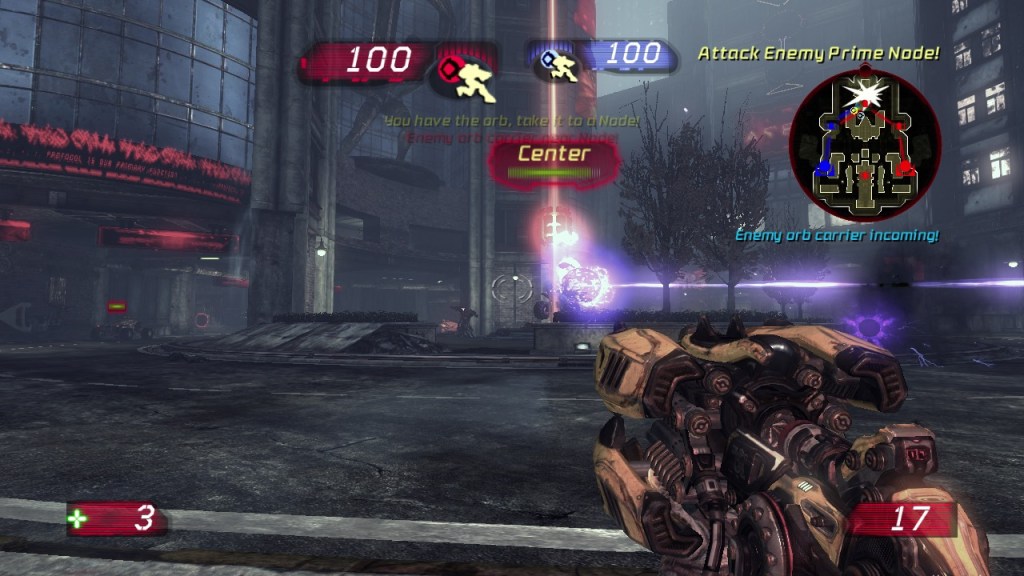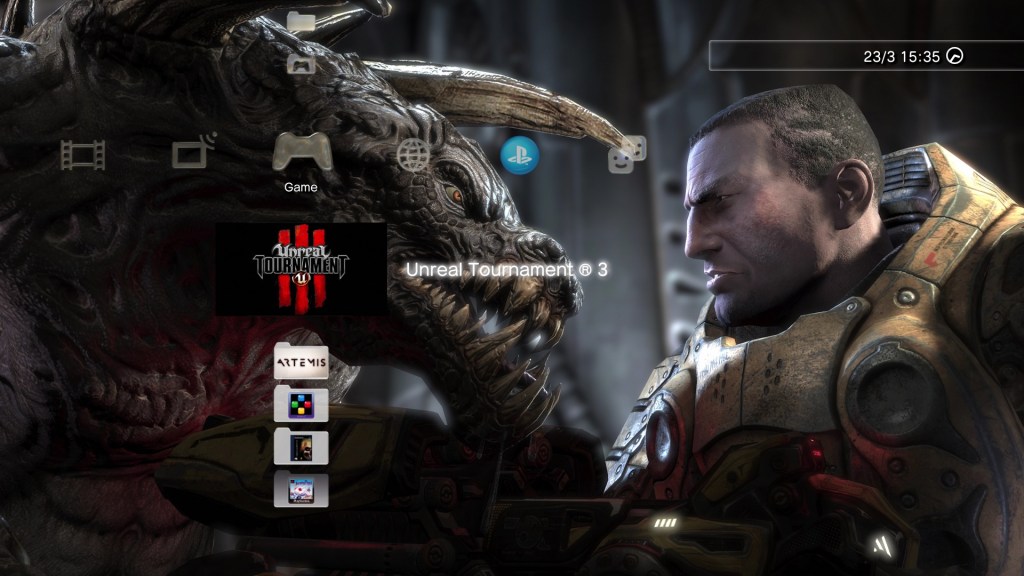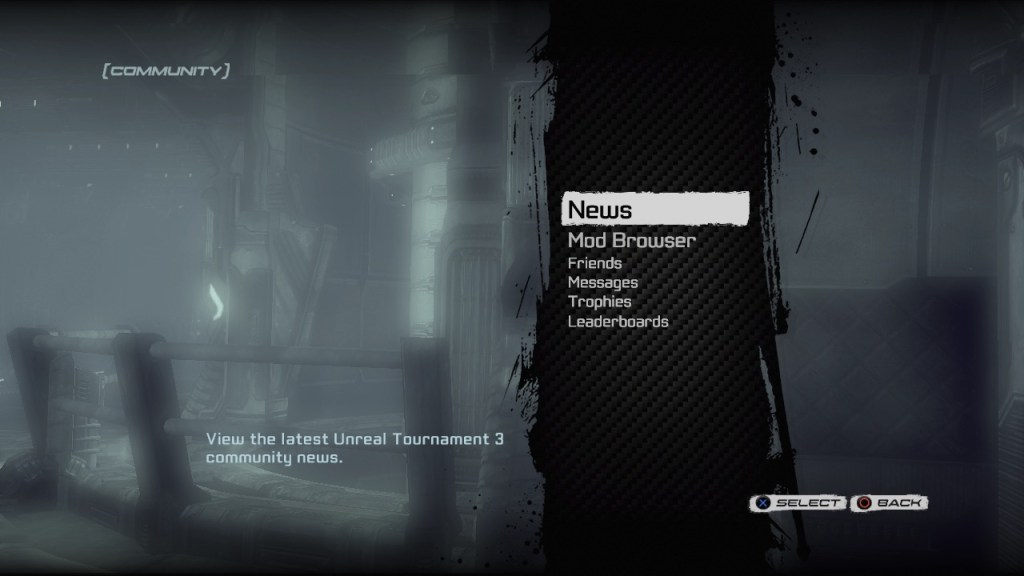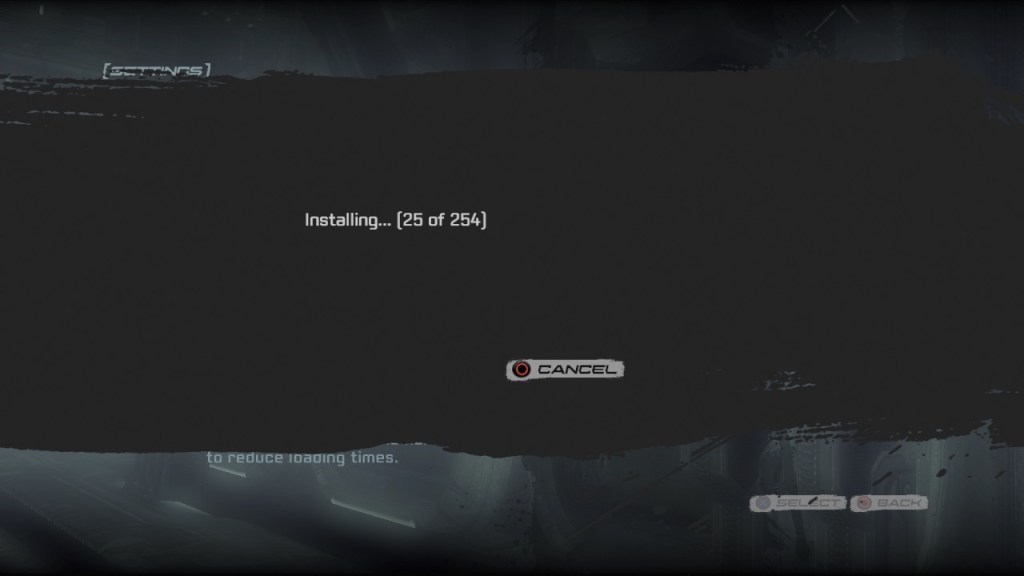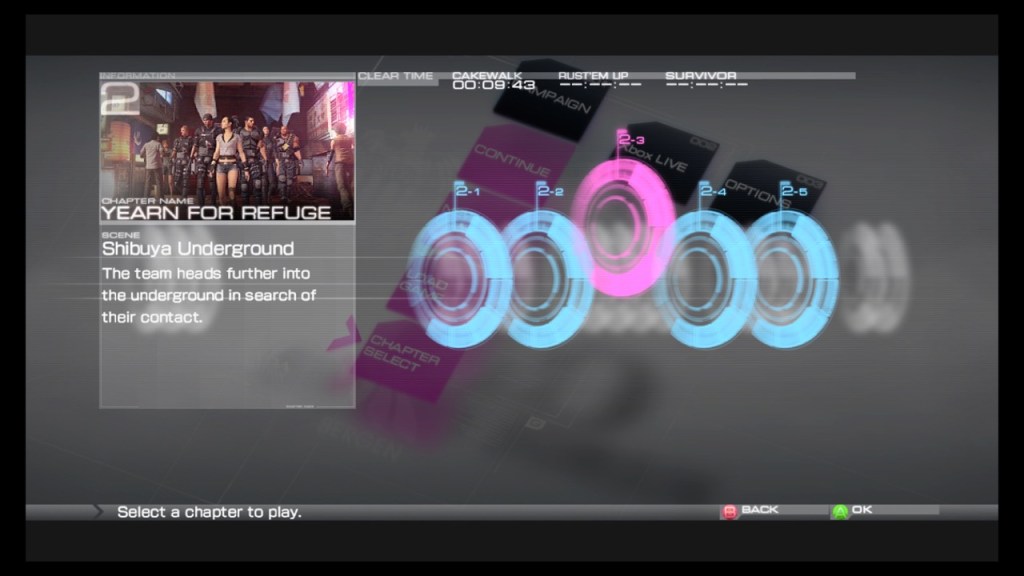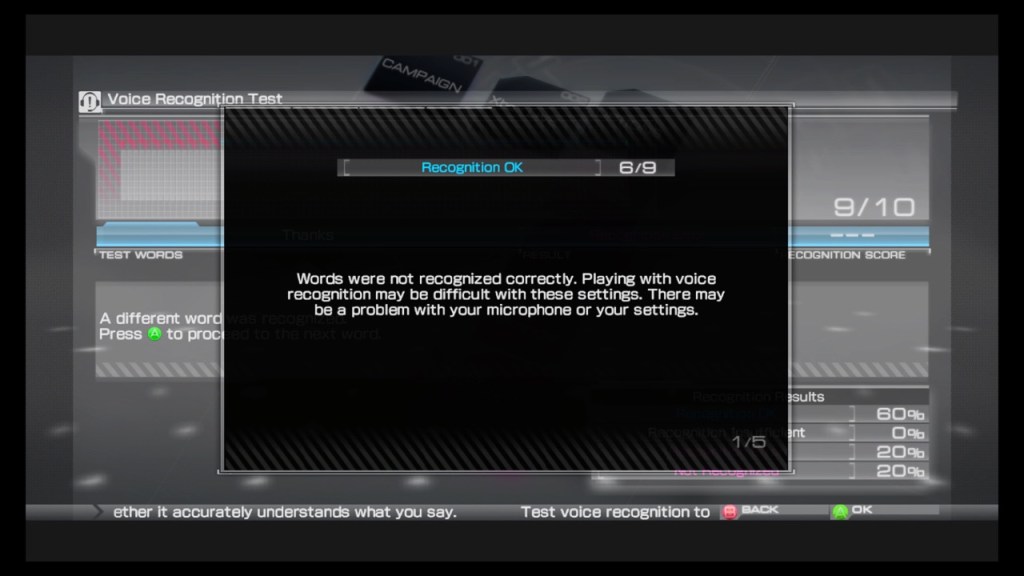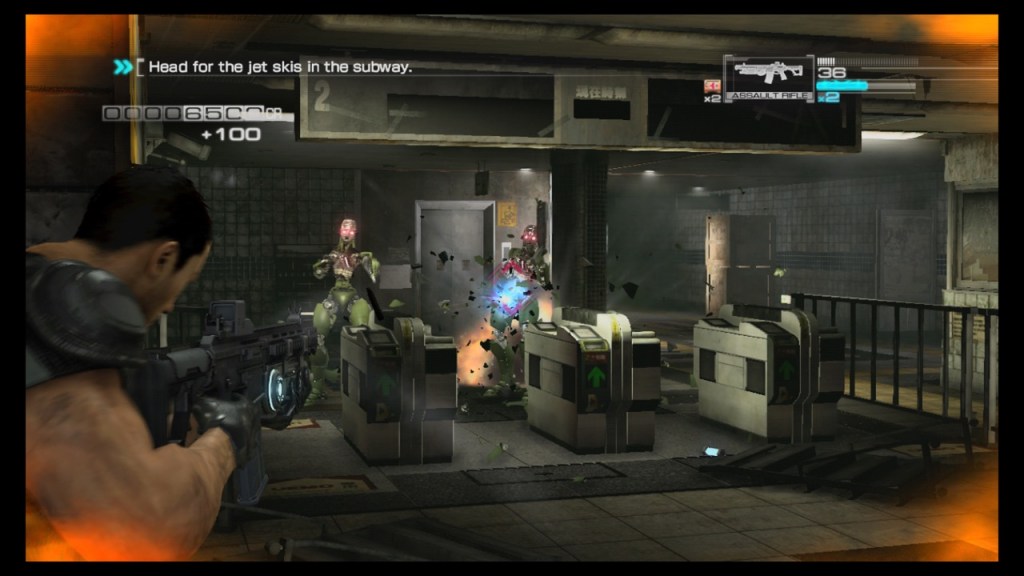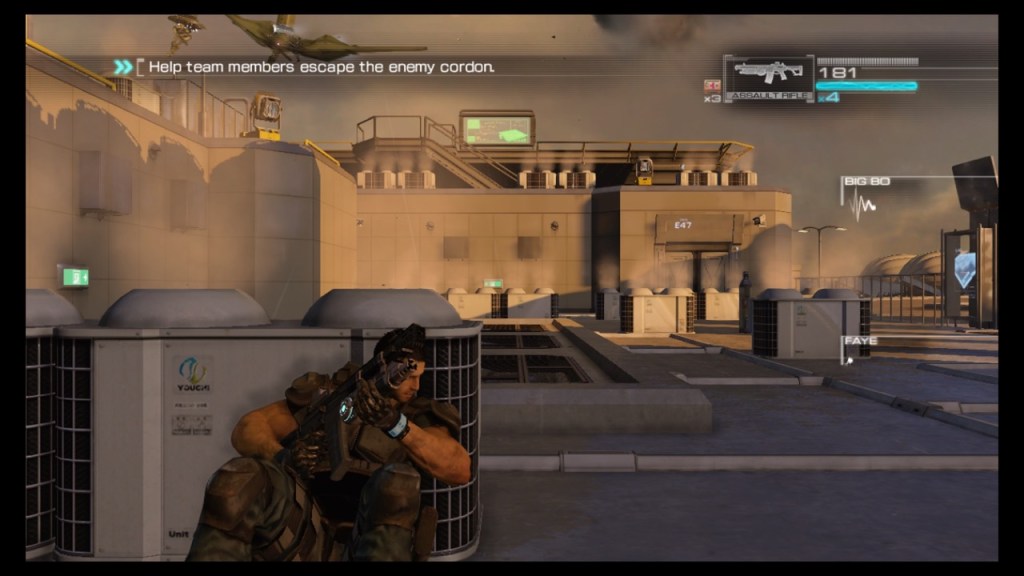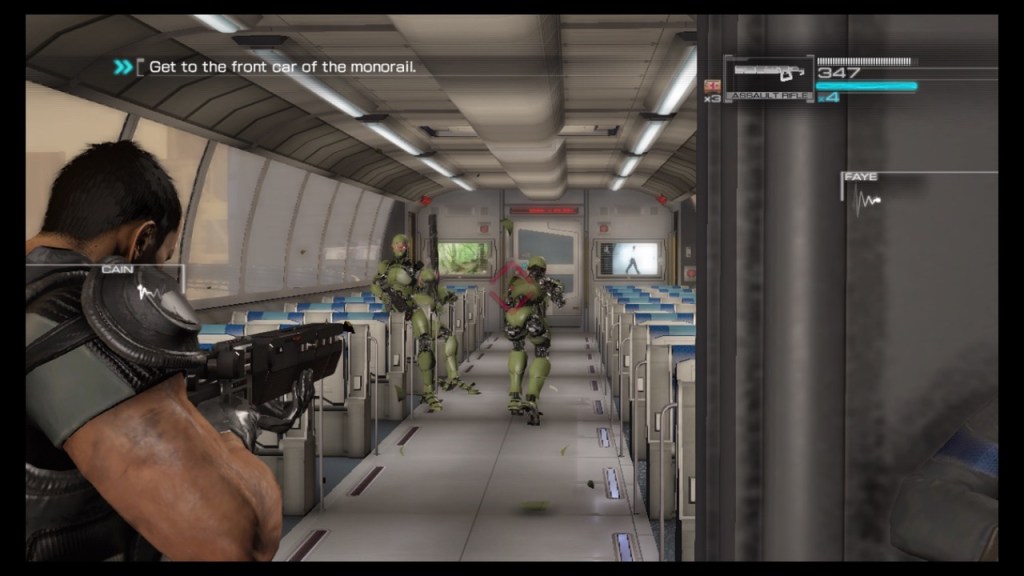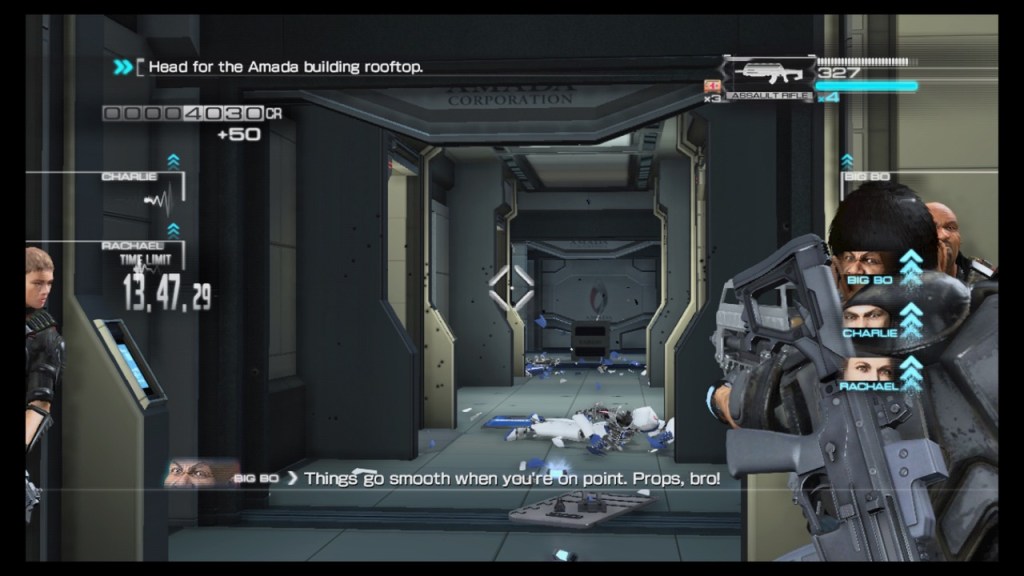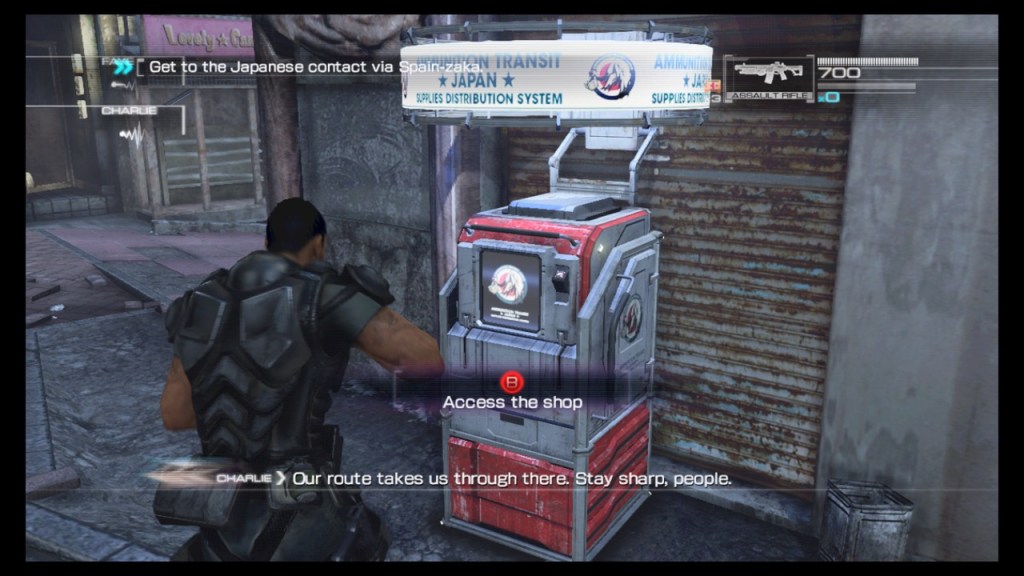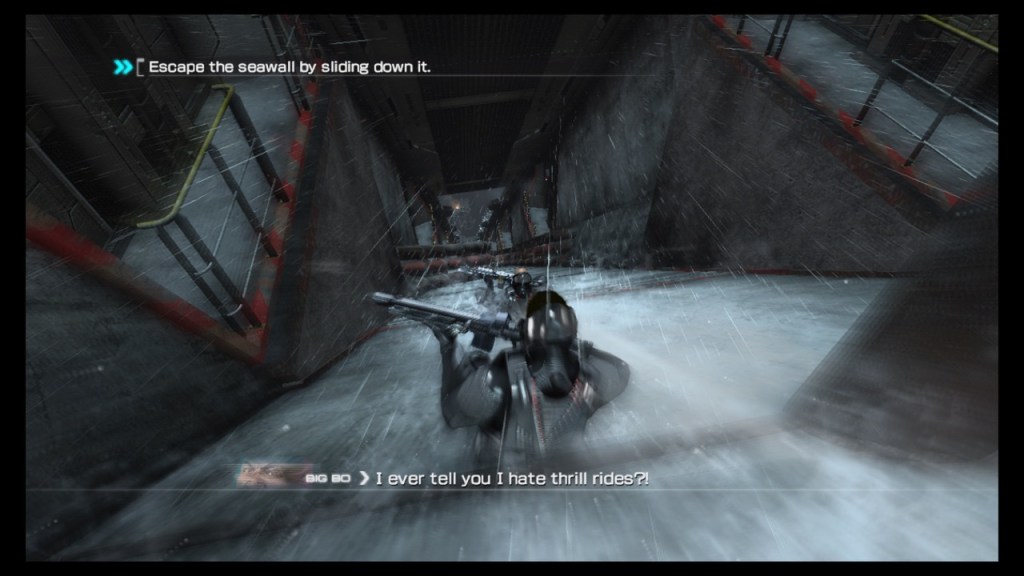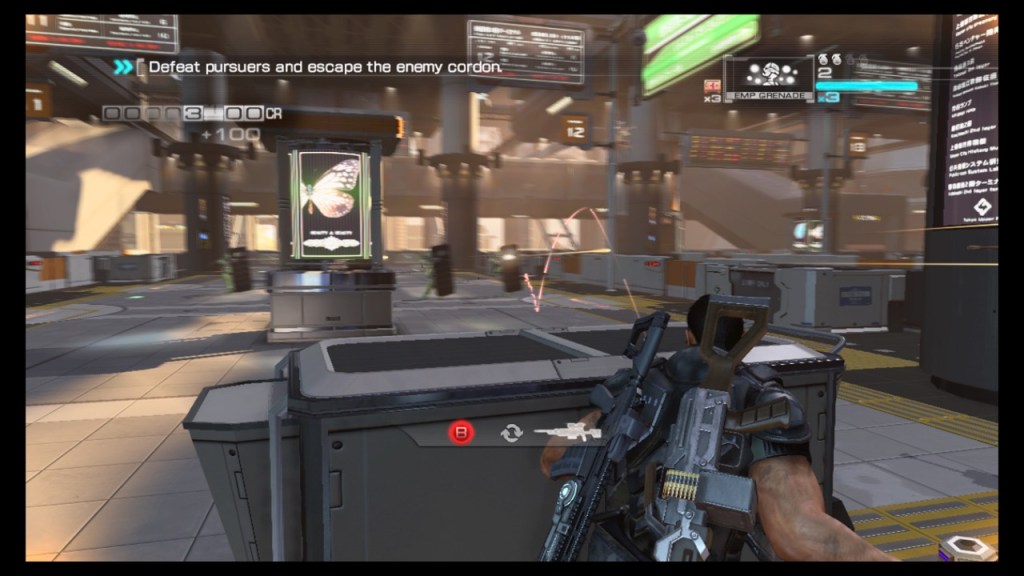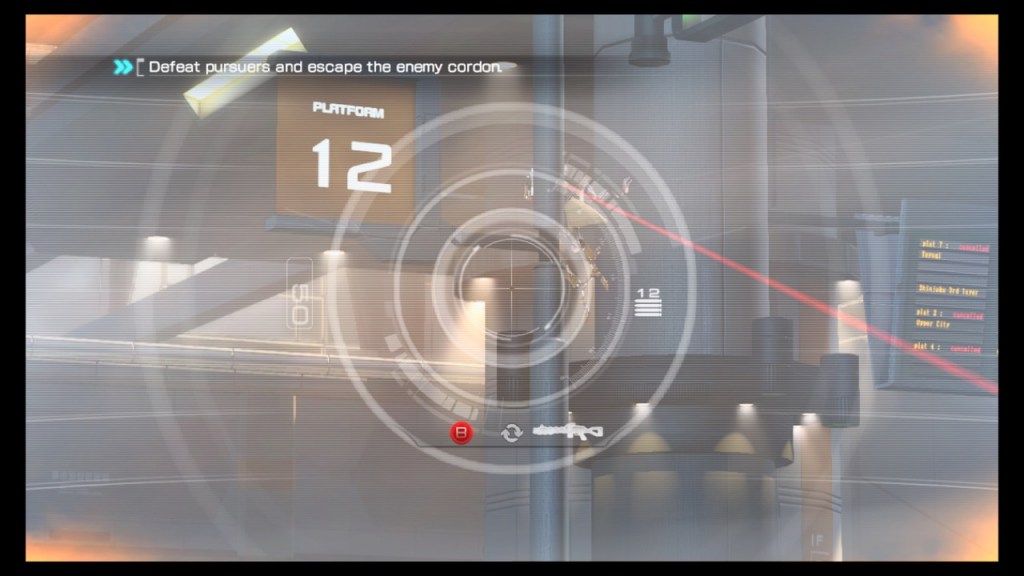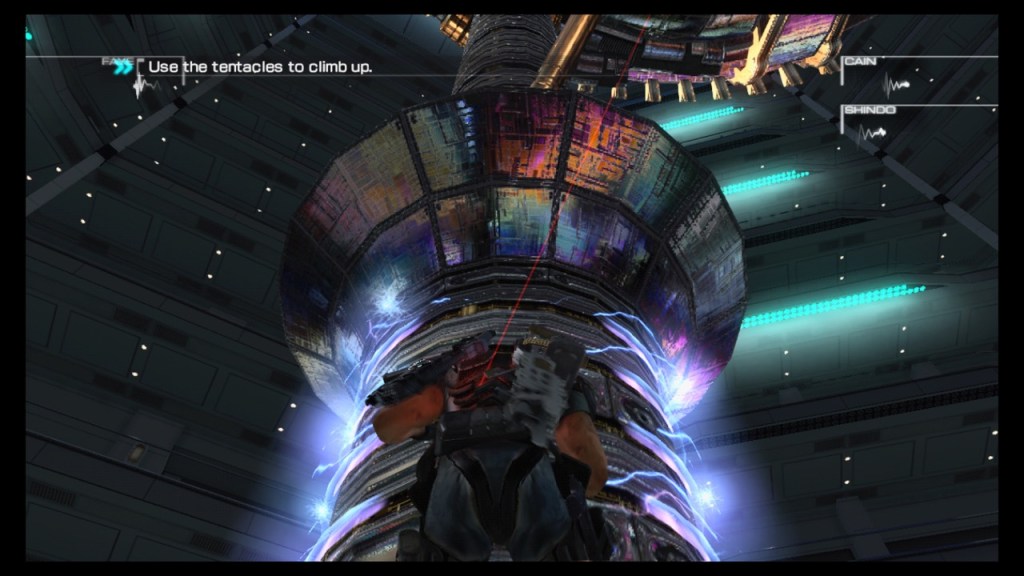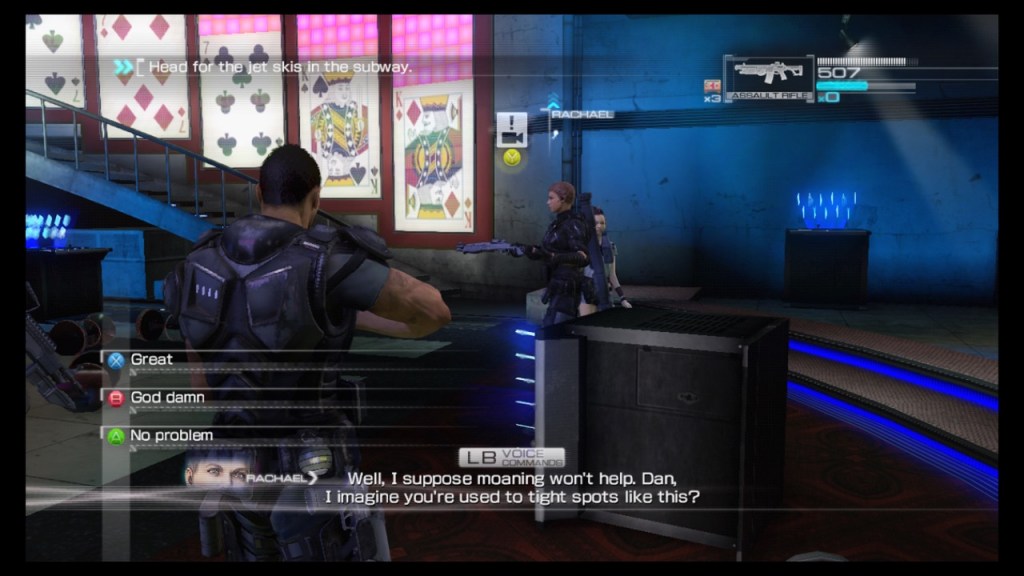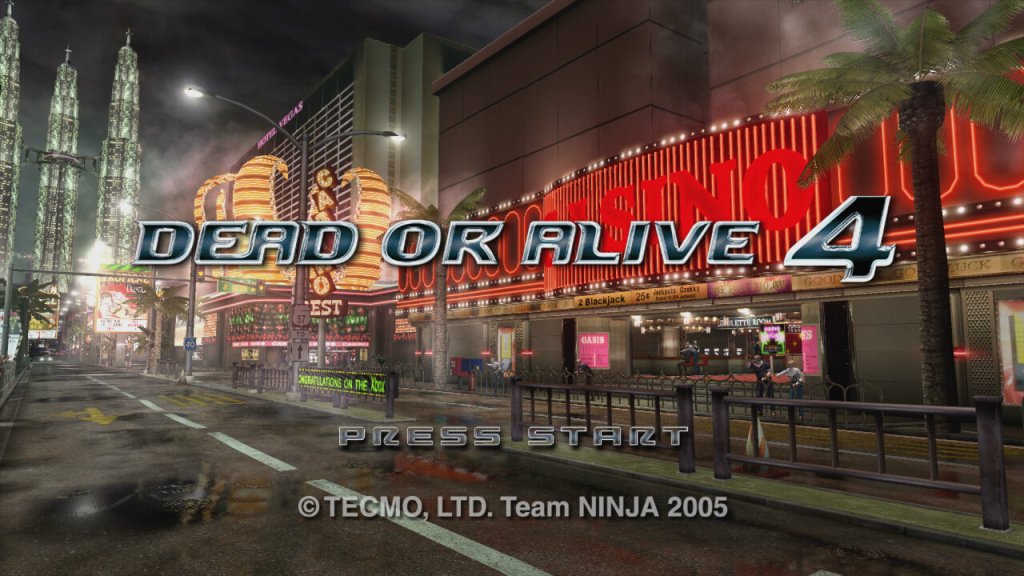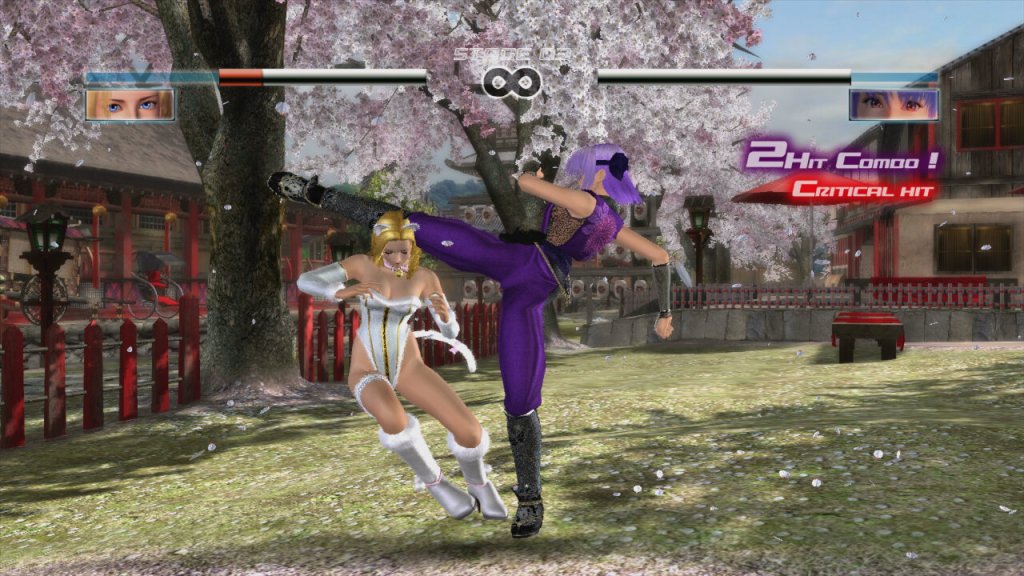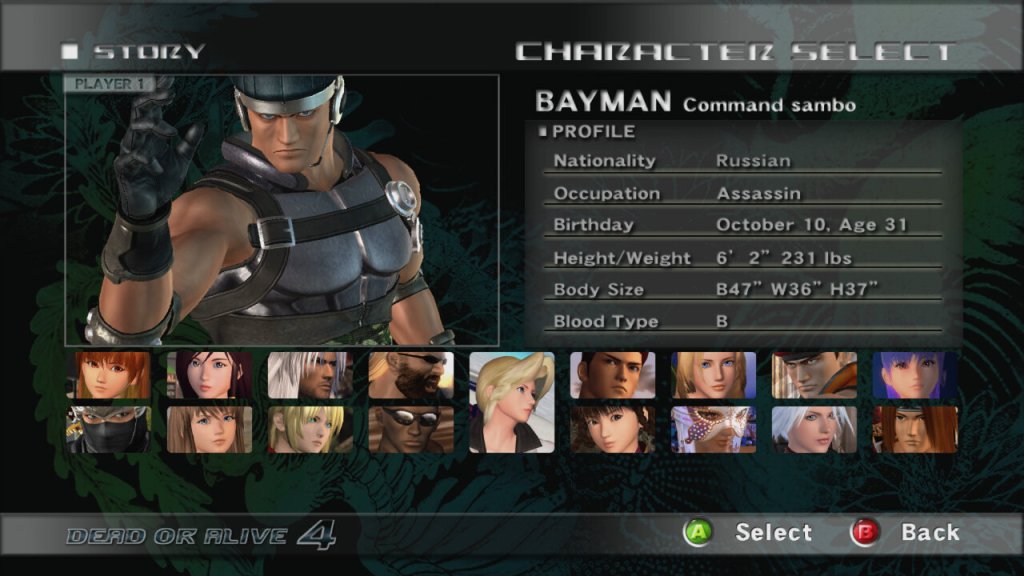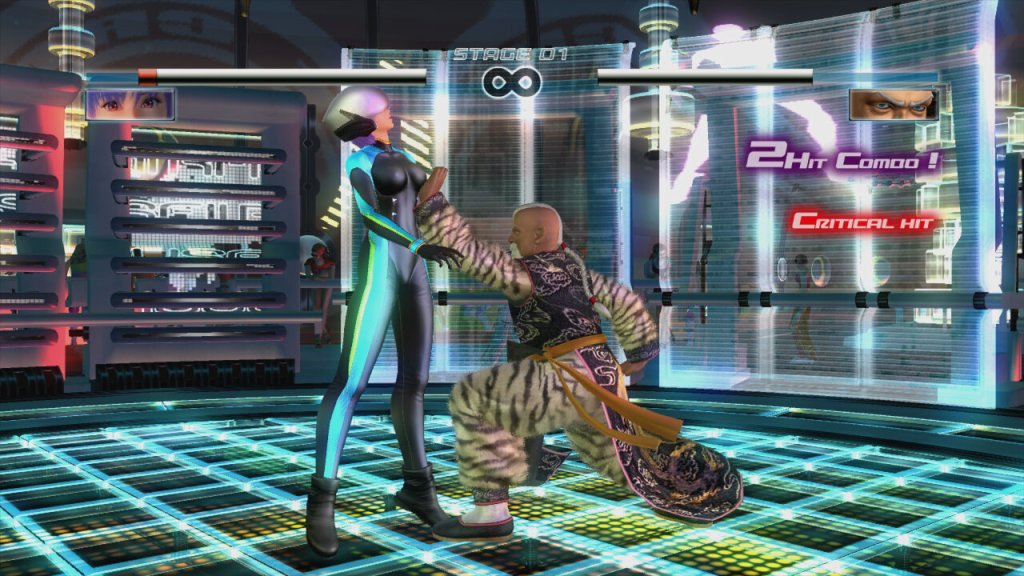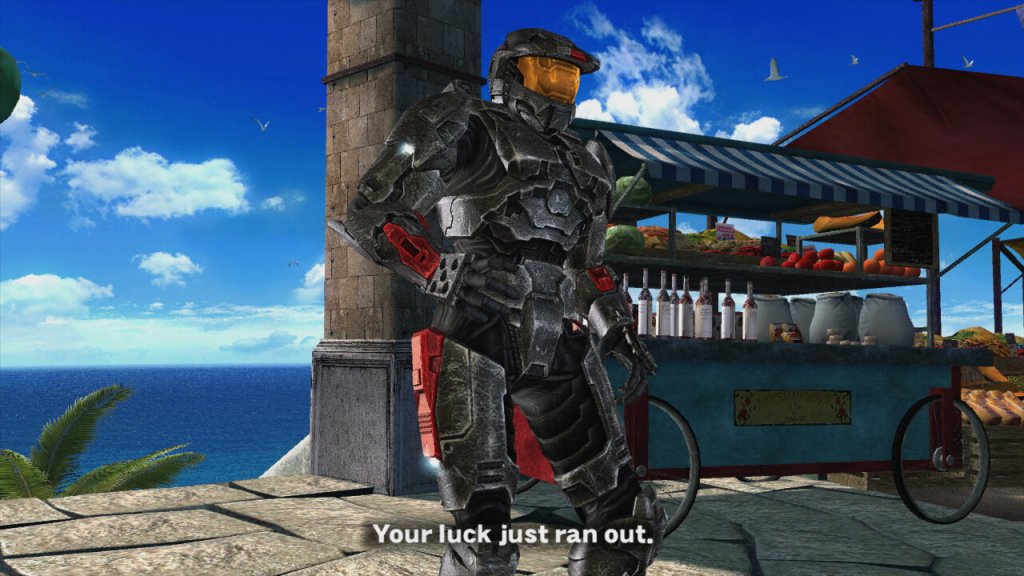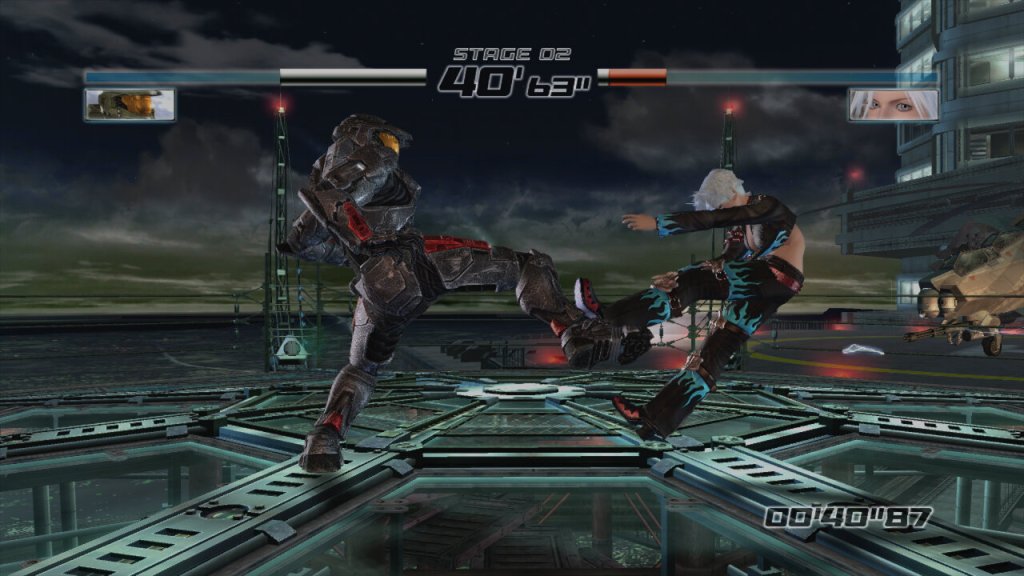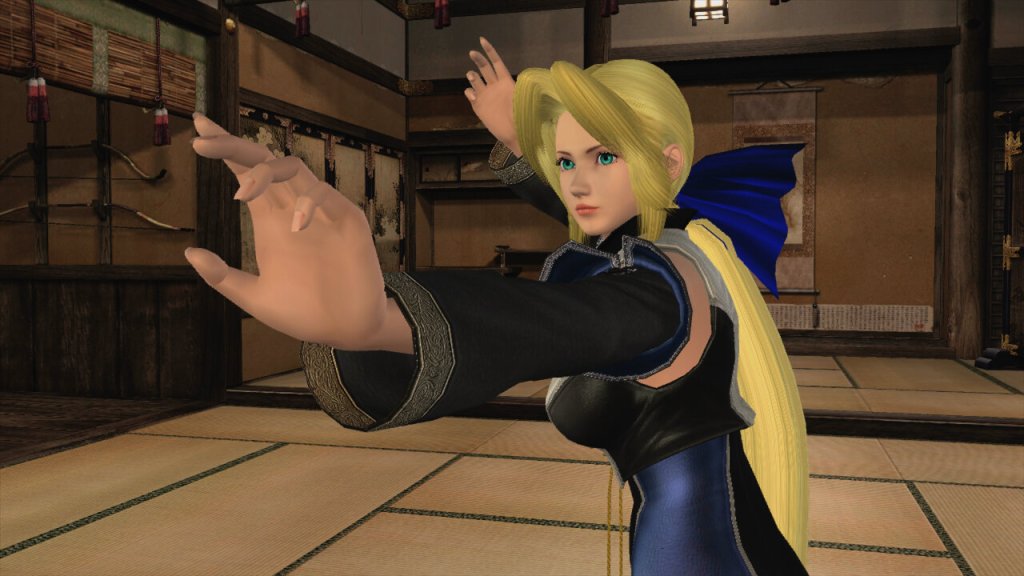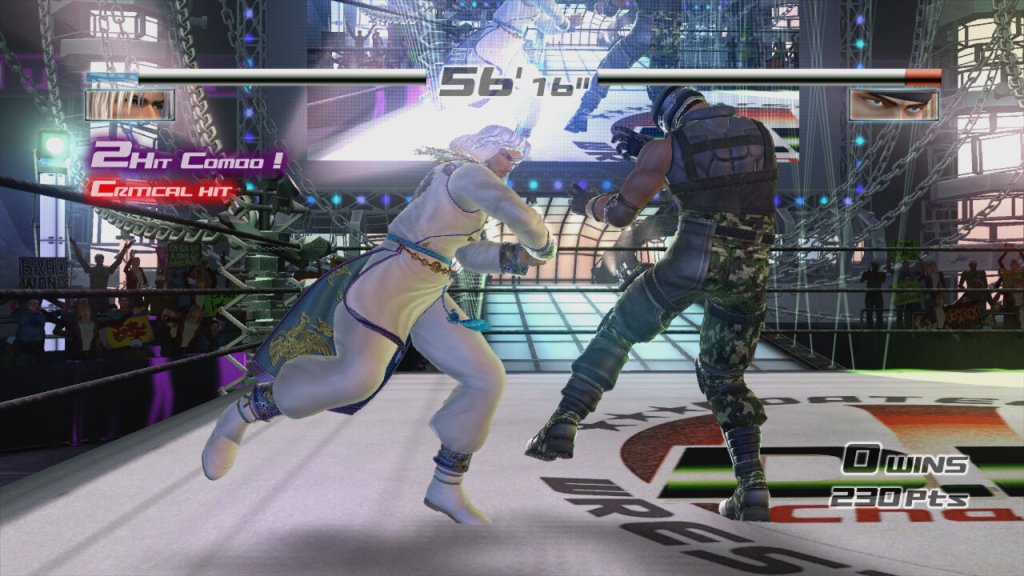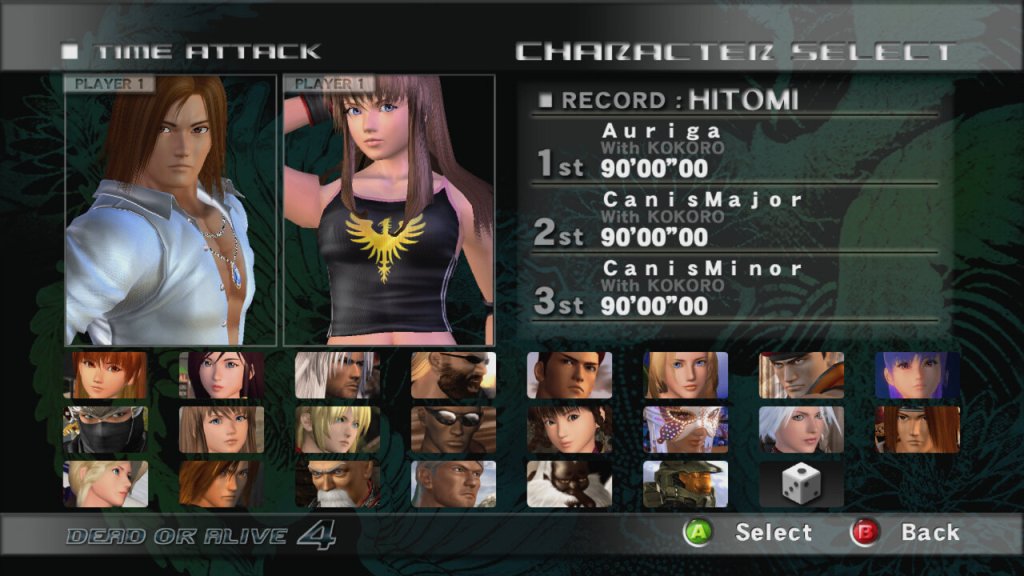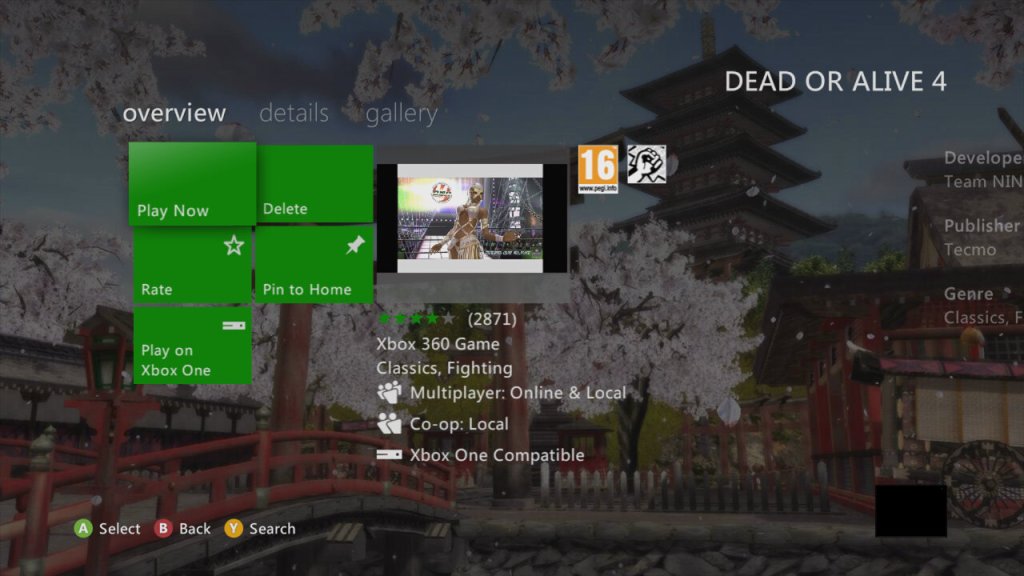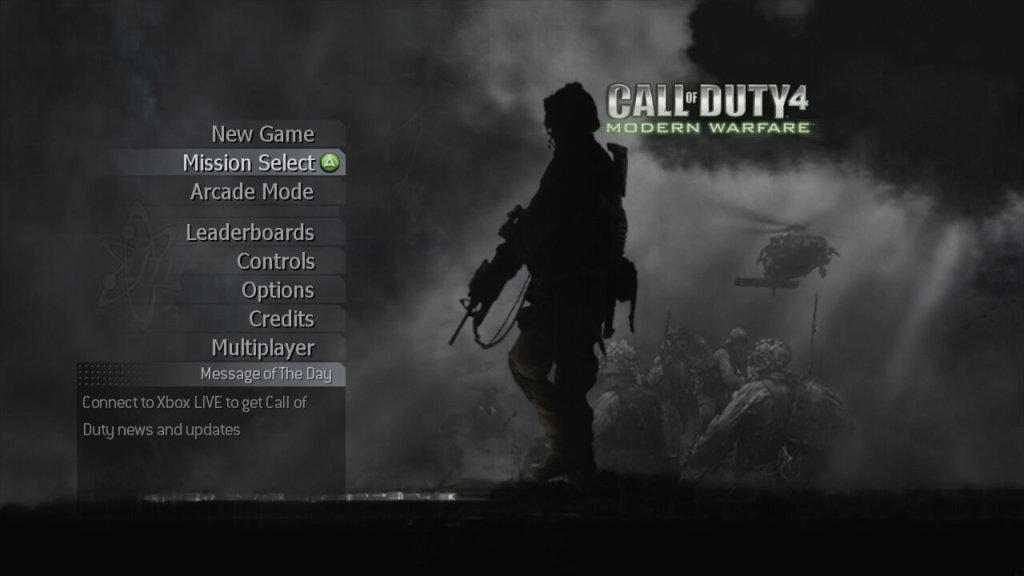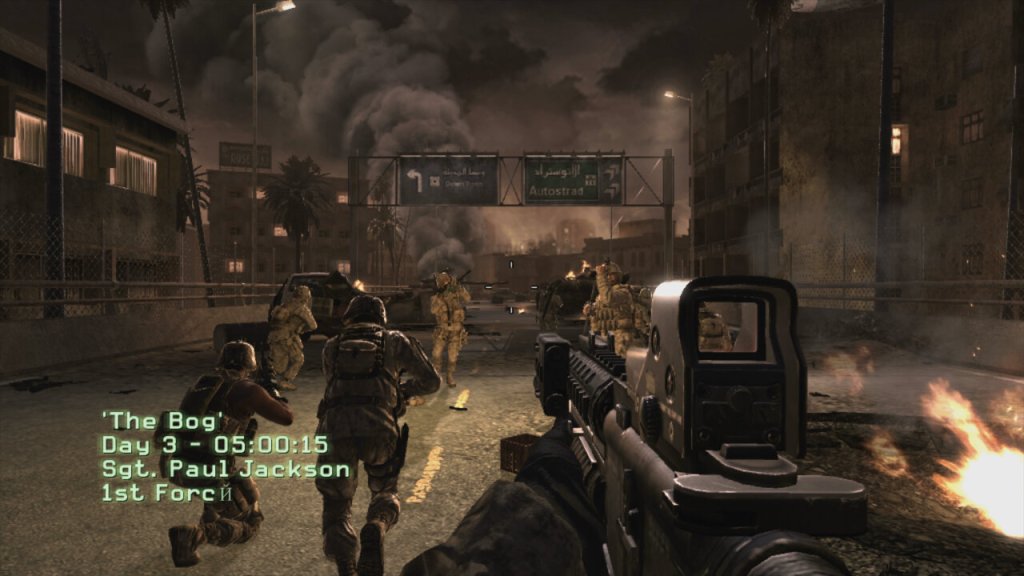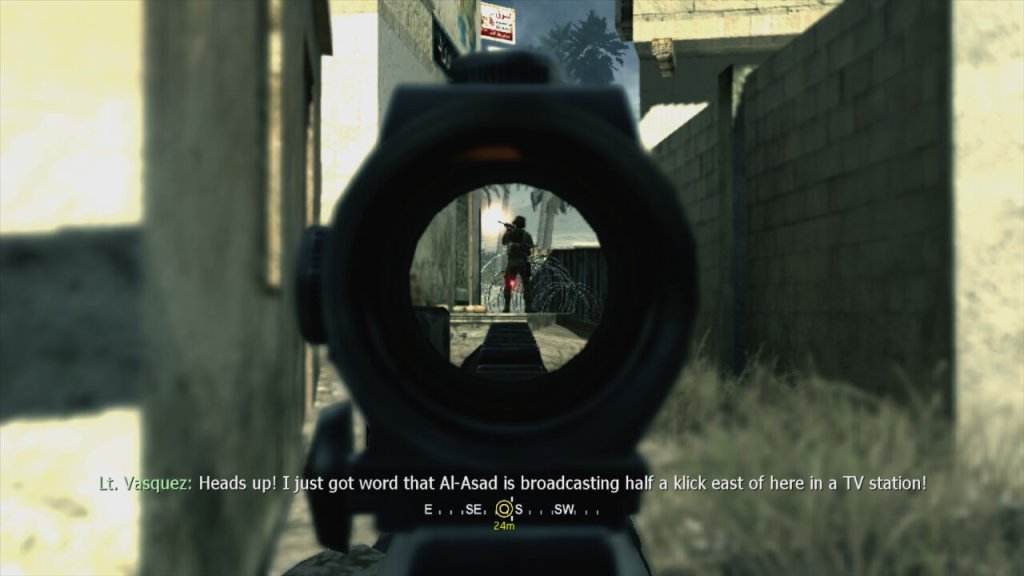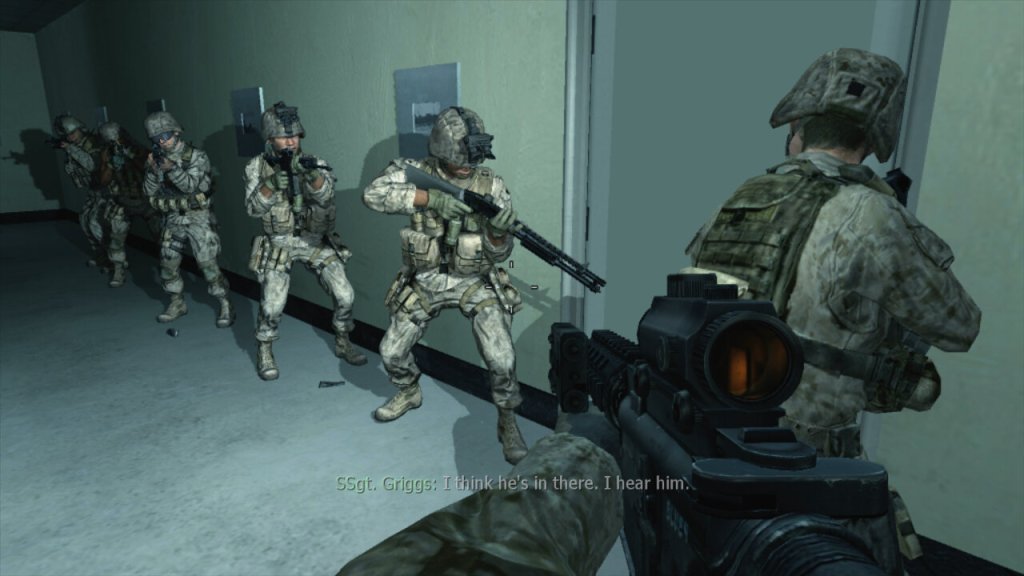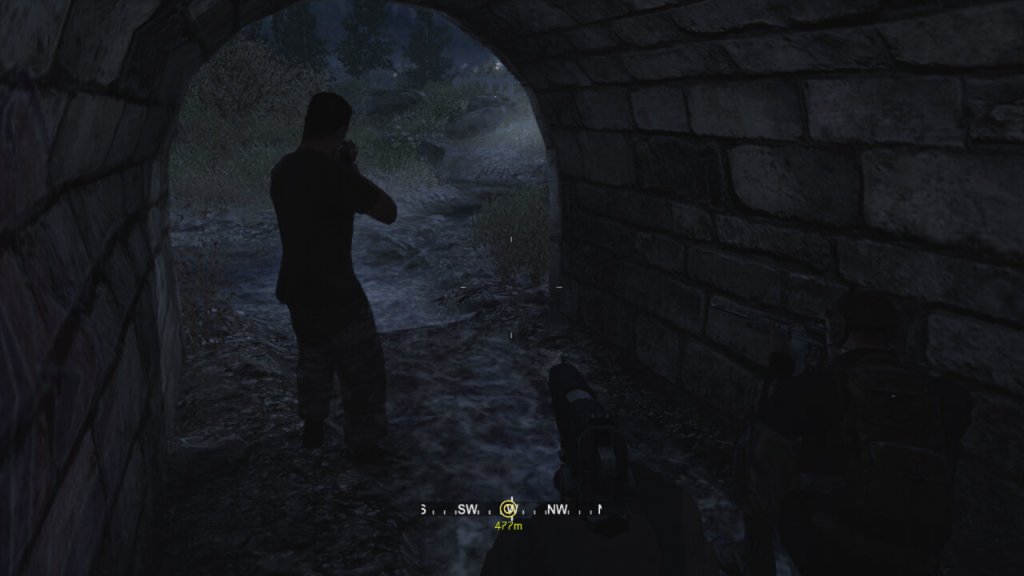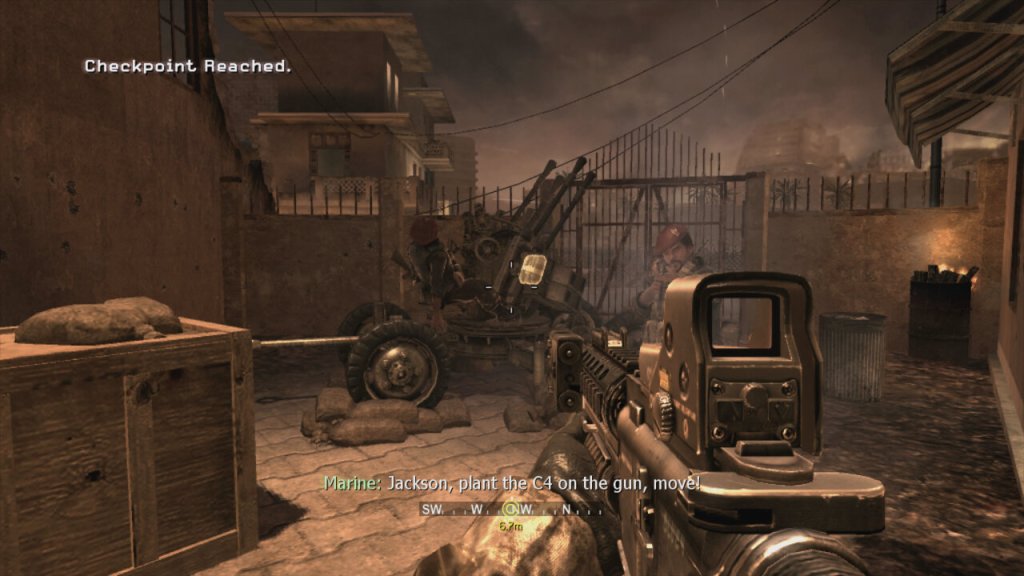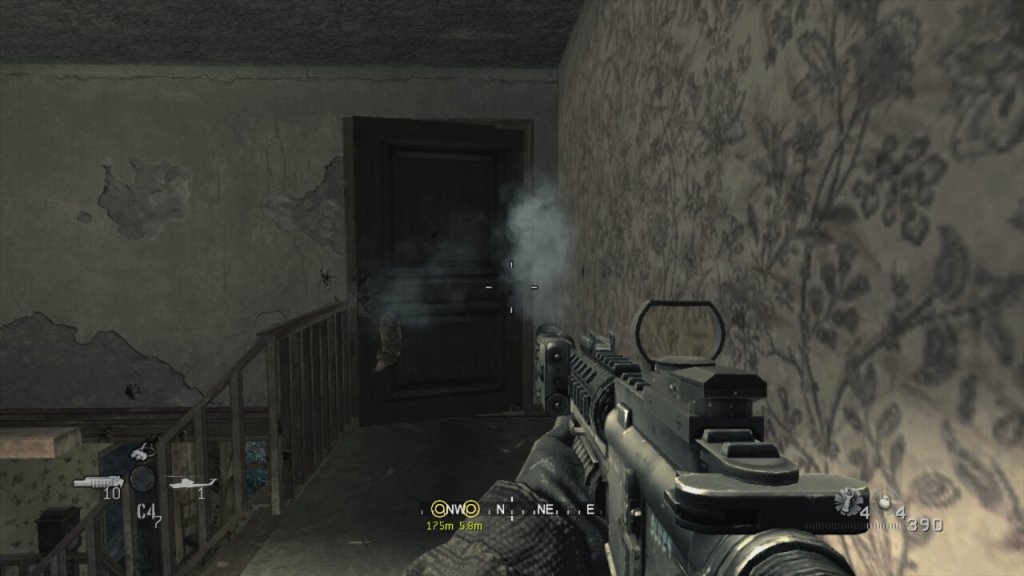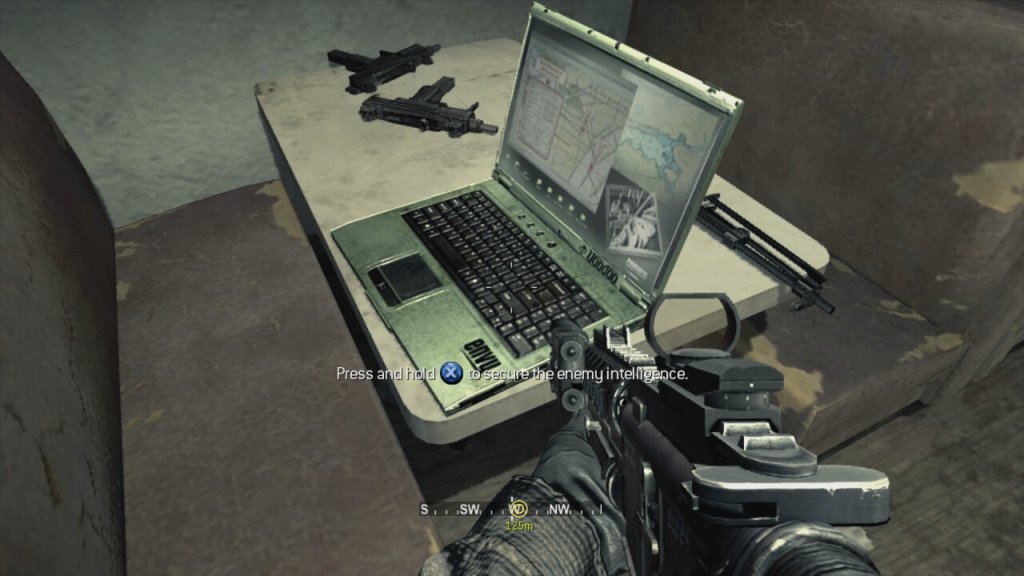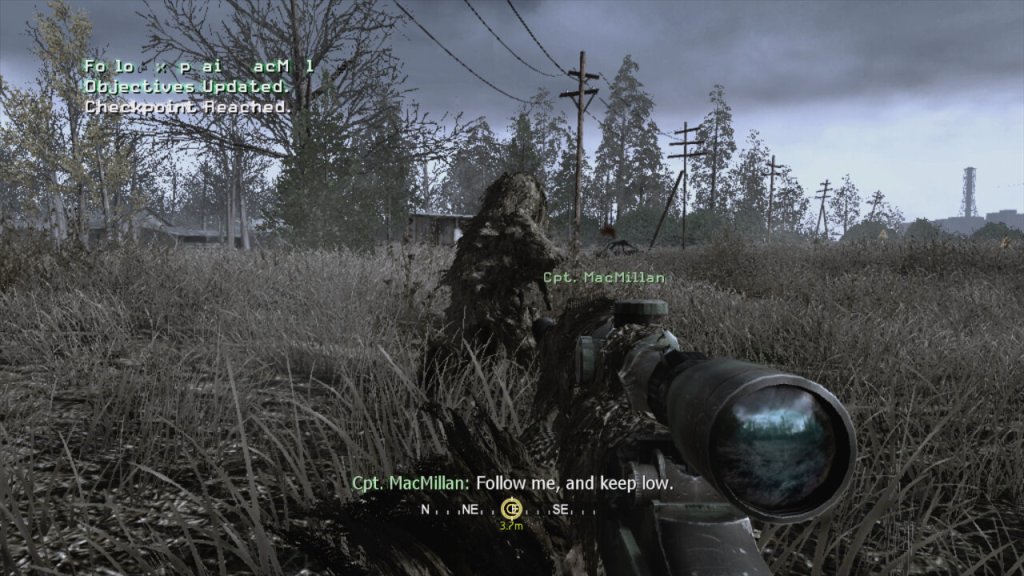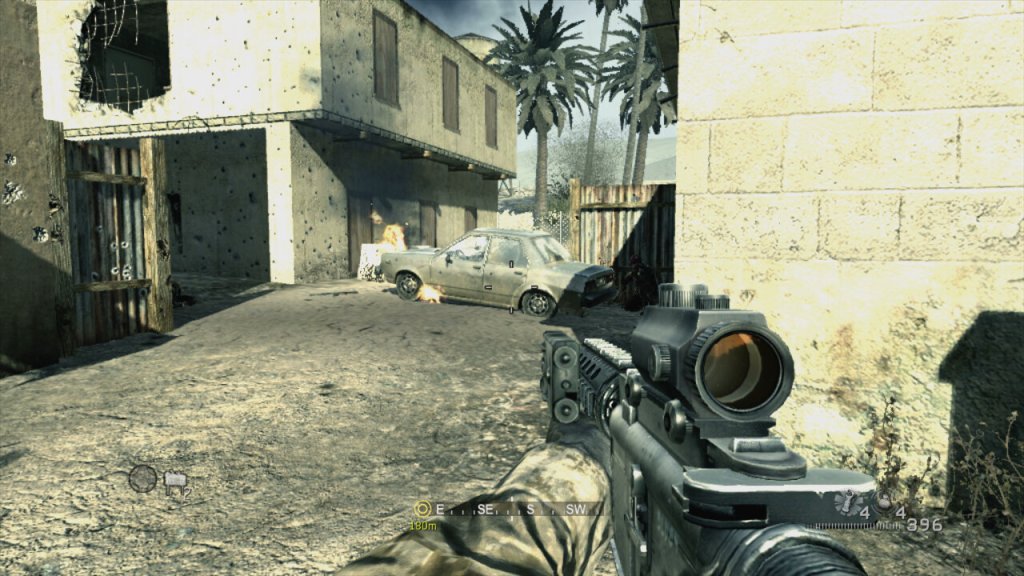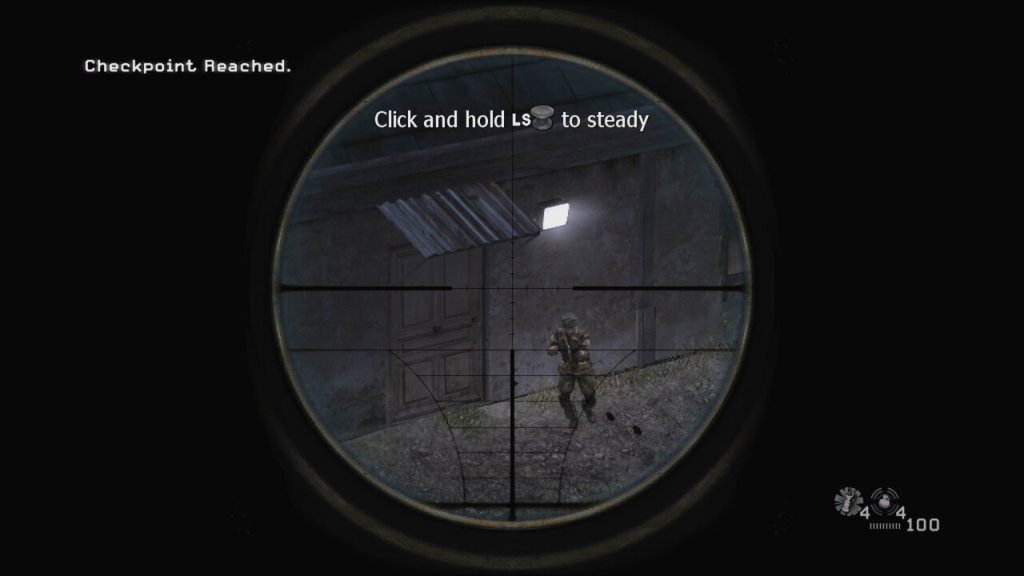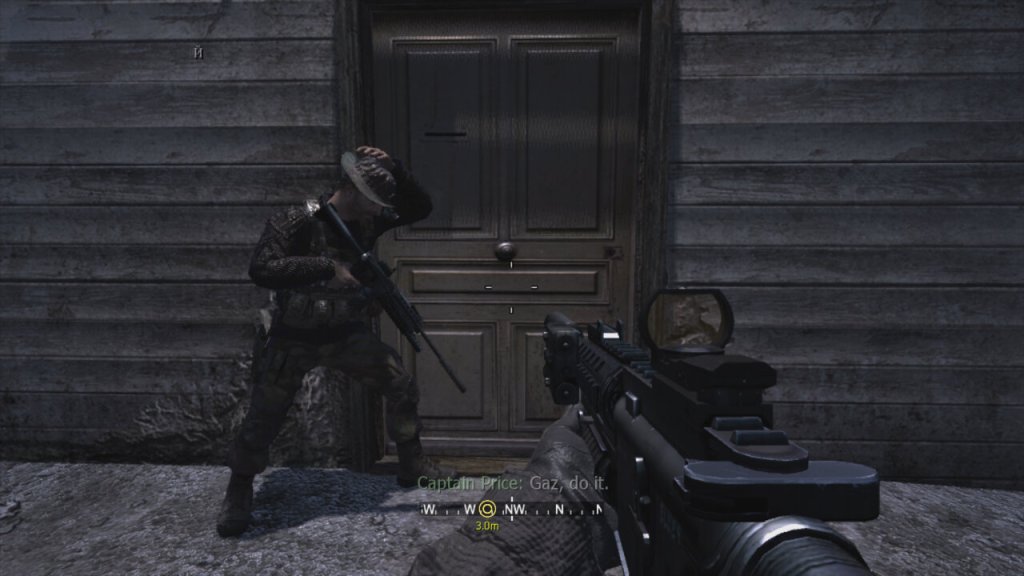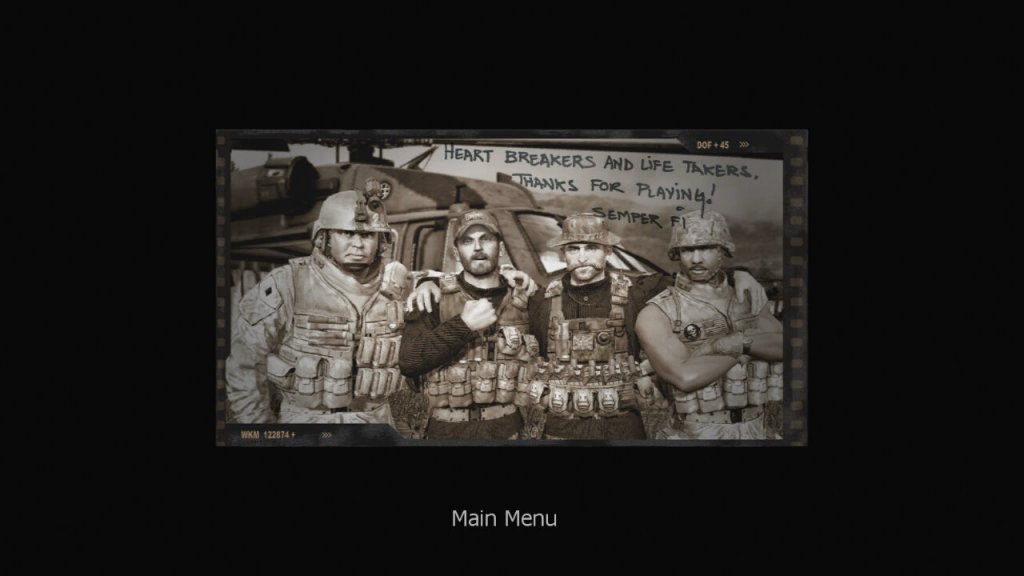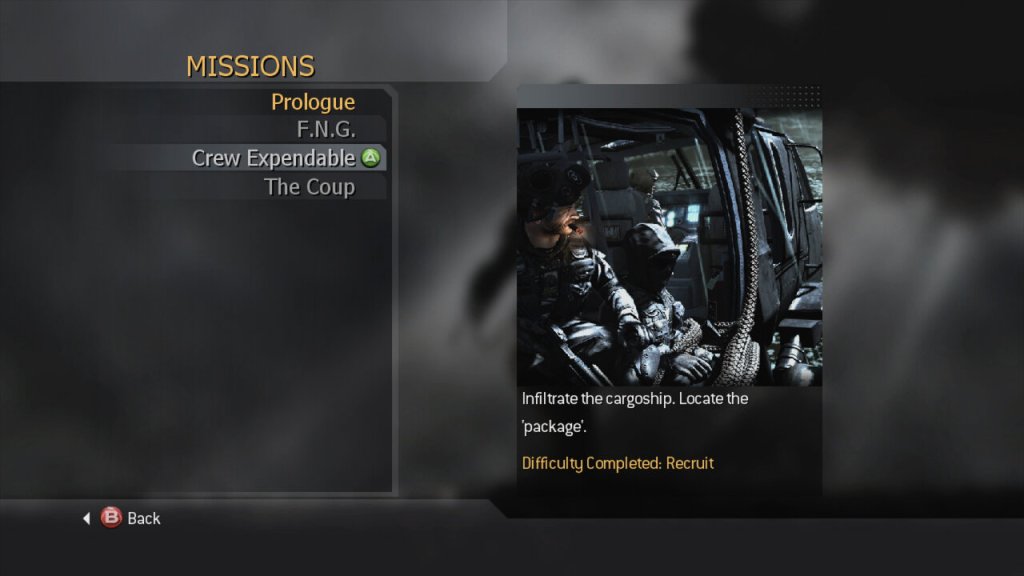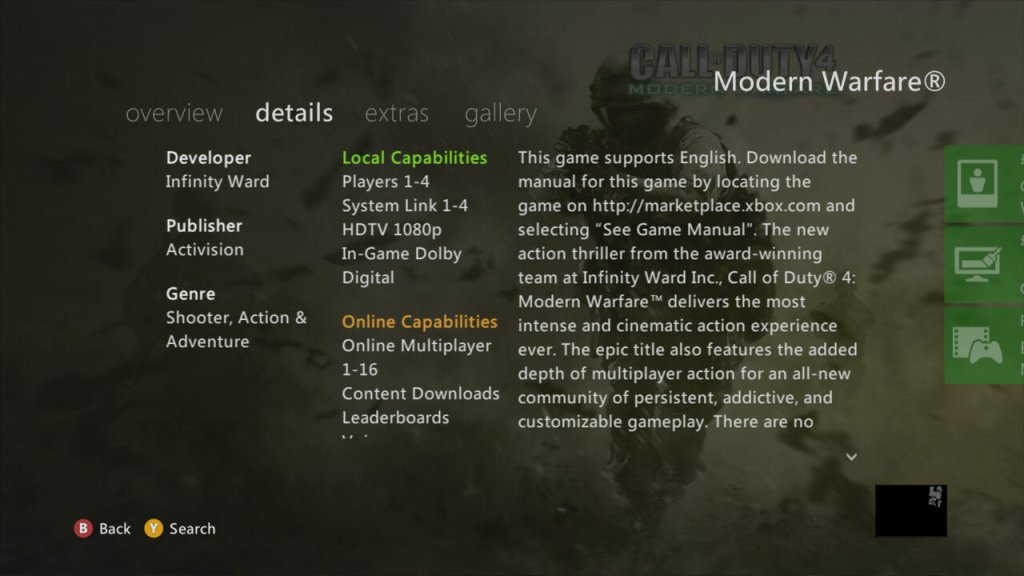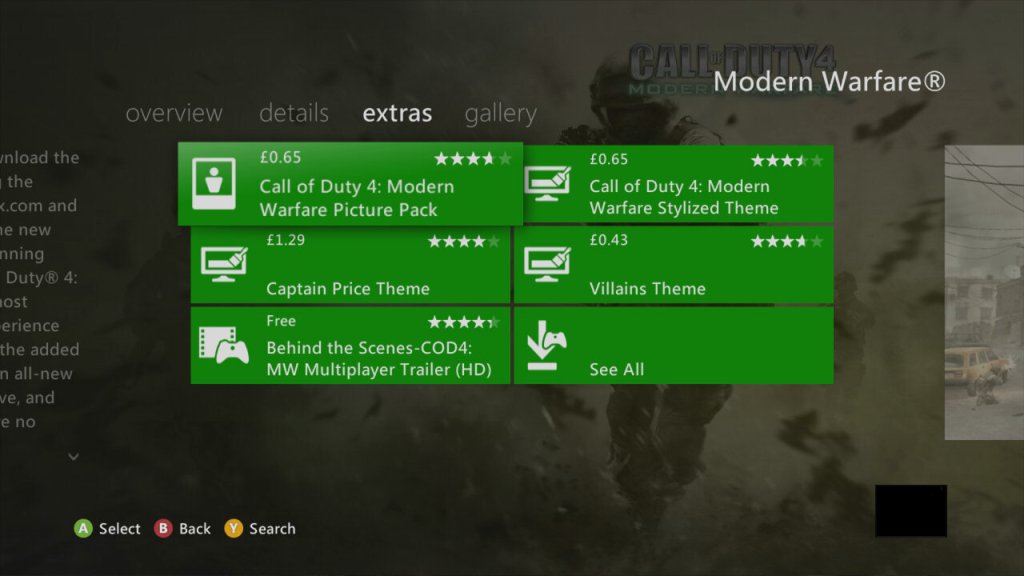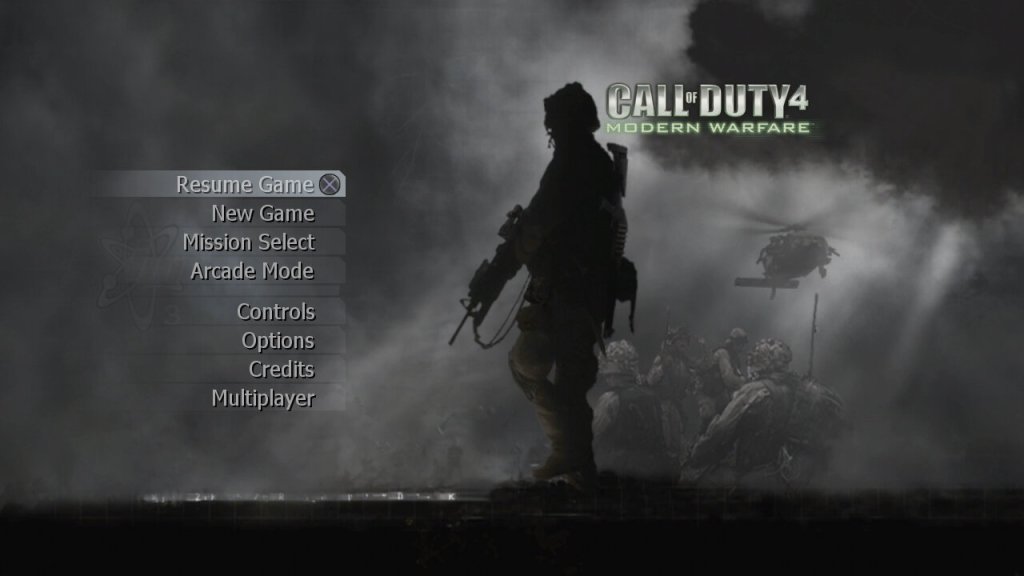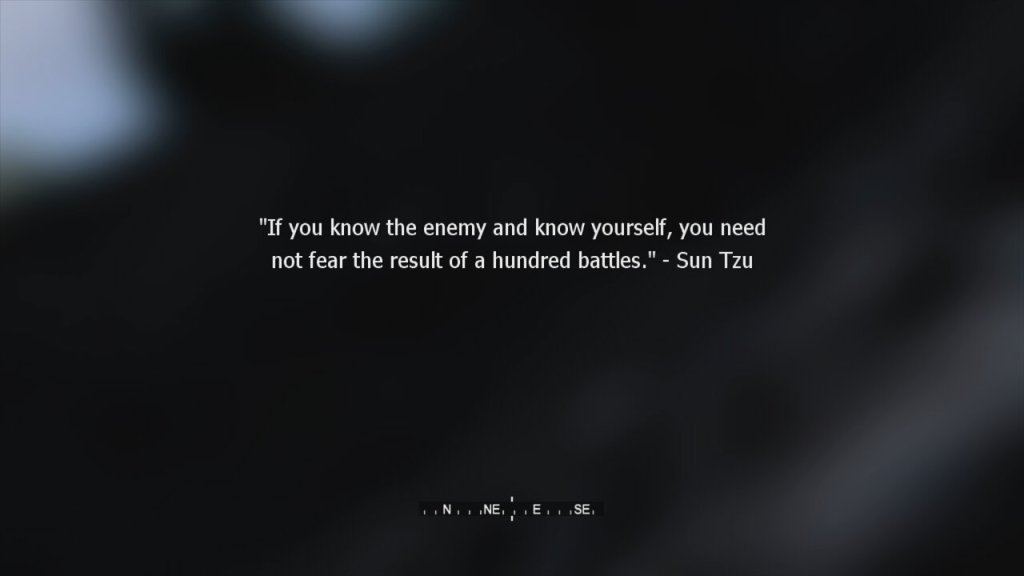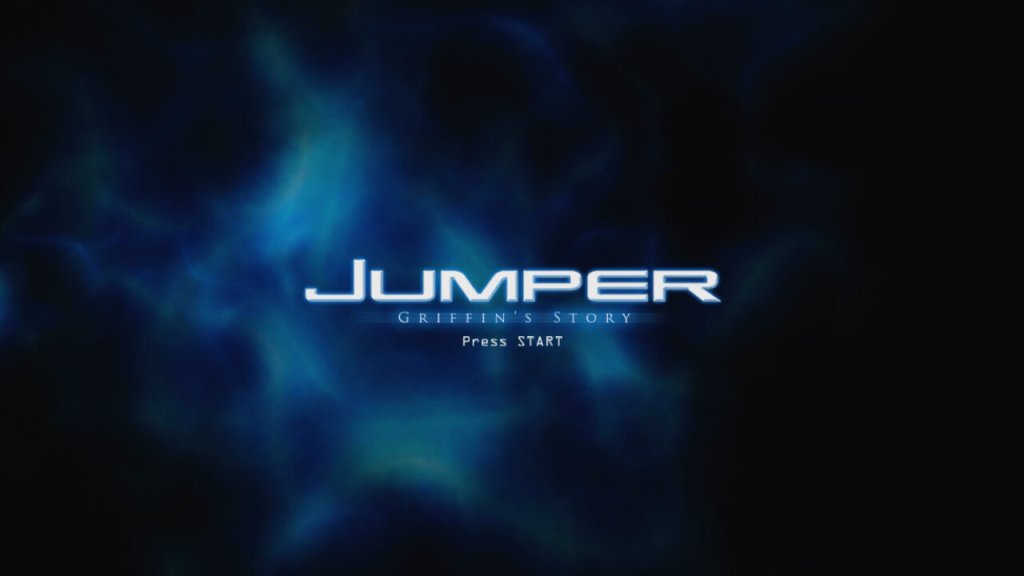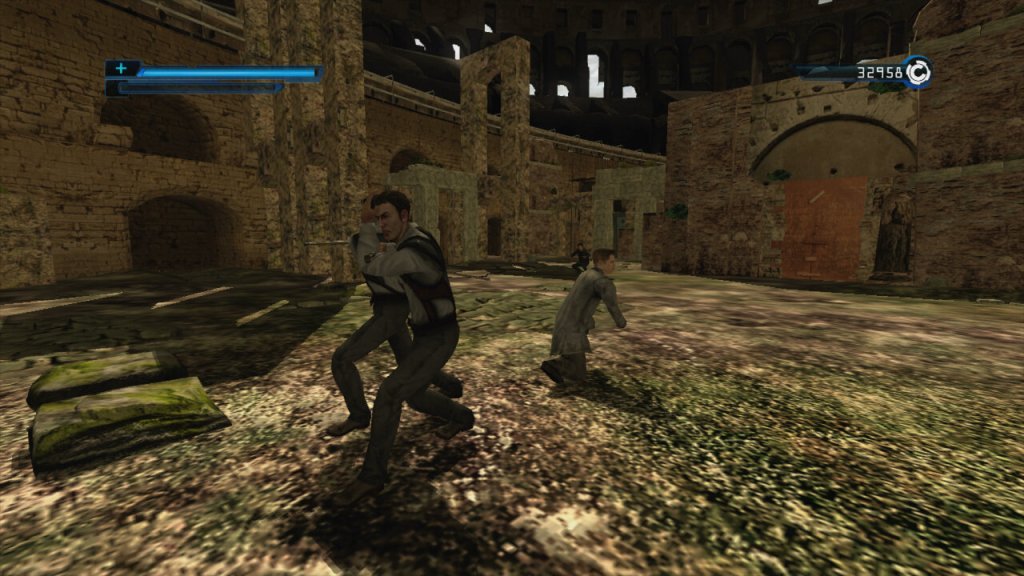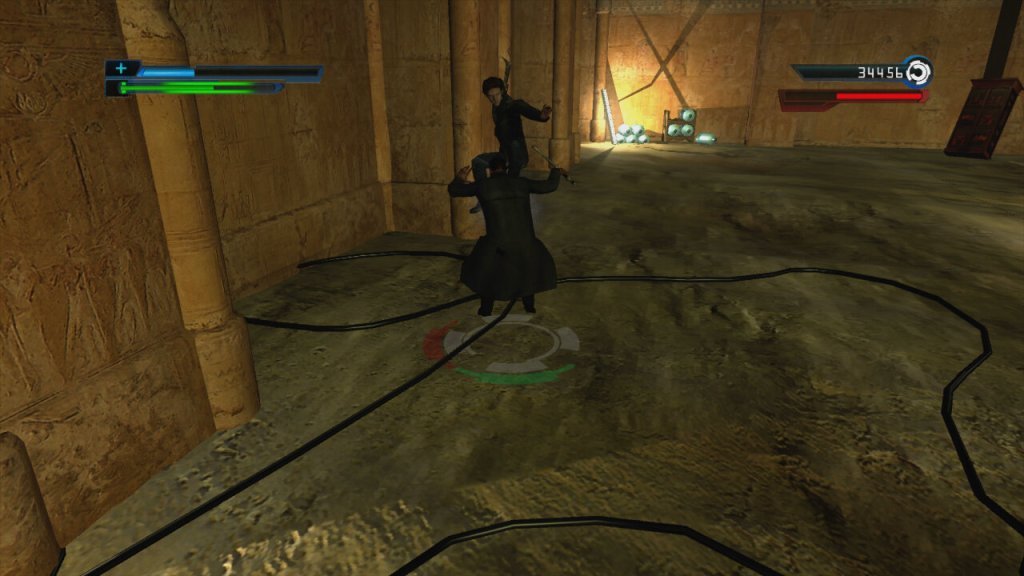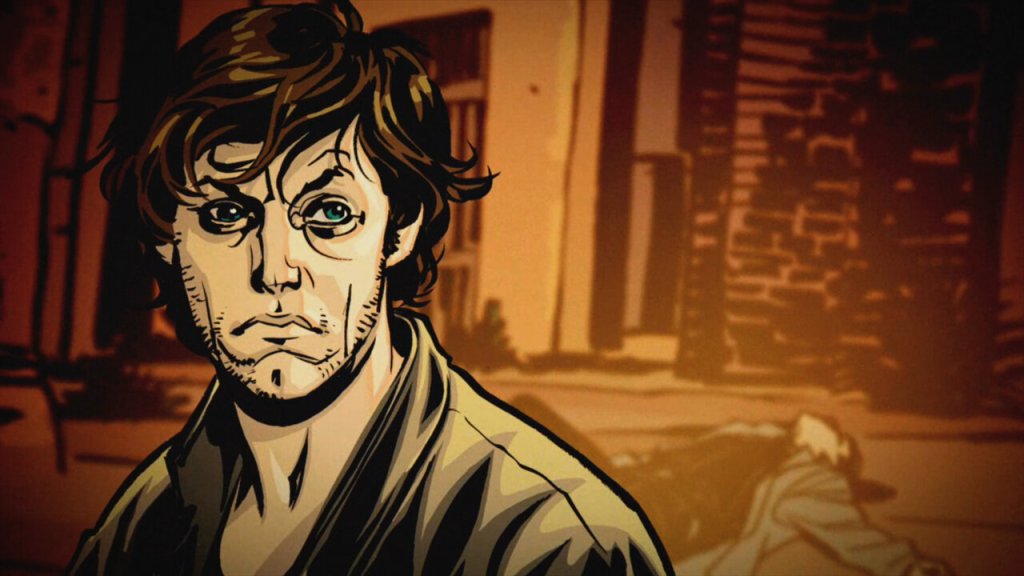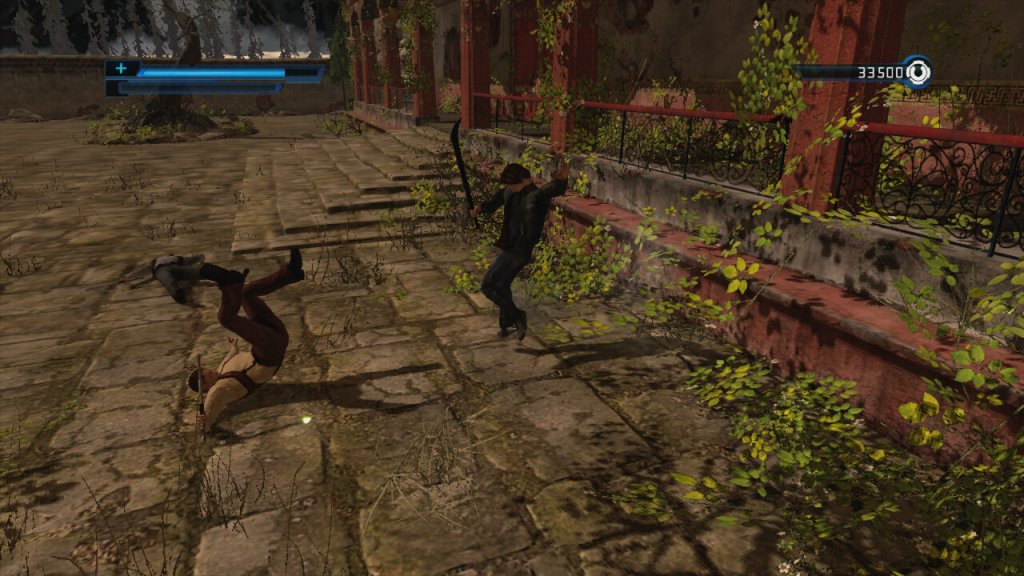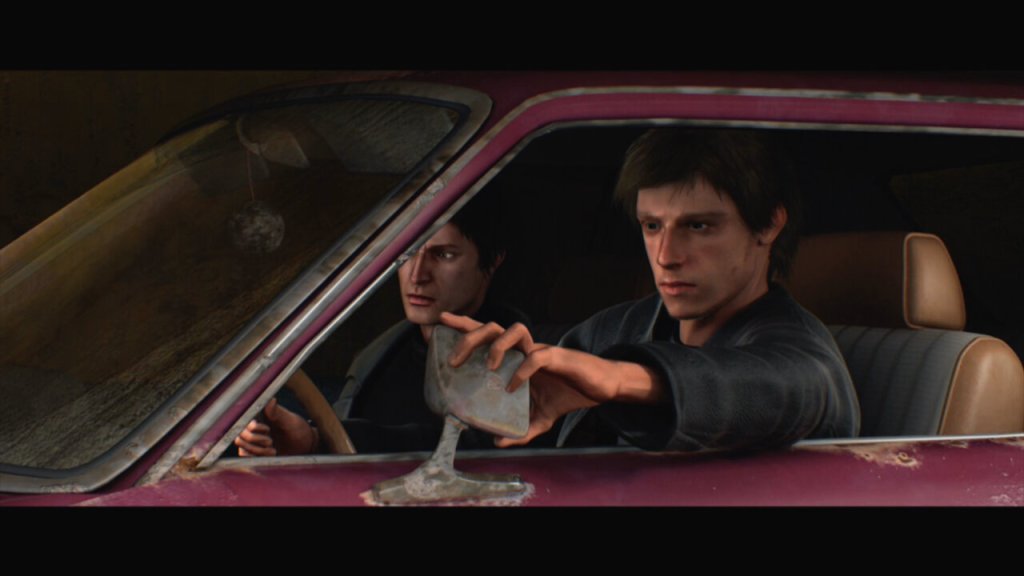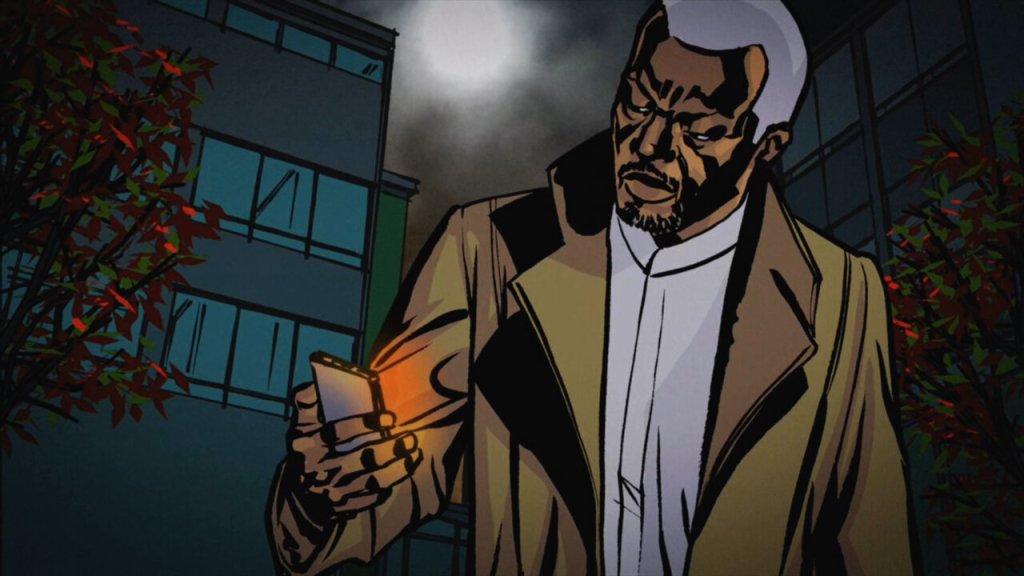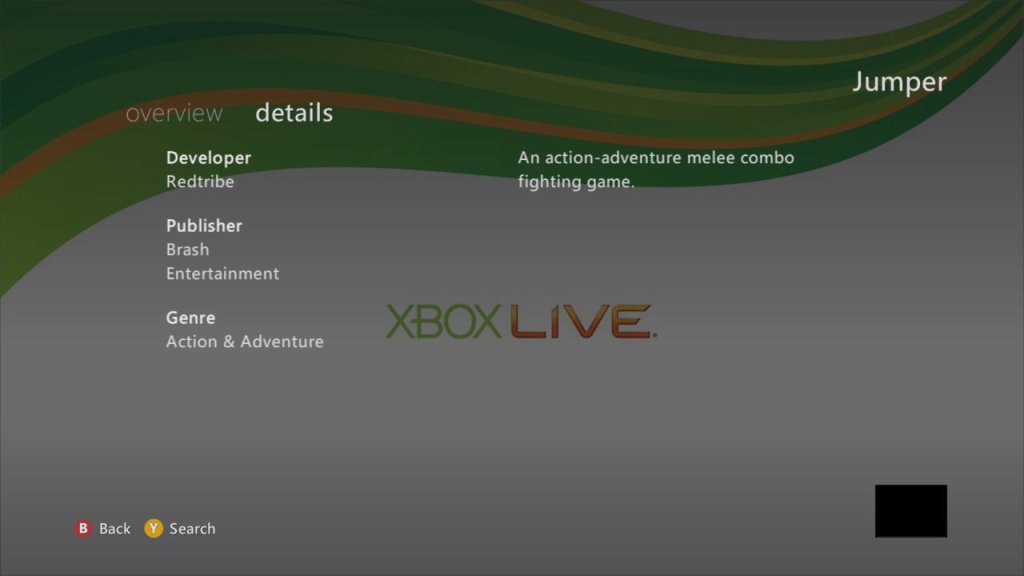The sequel to the original Perfect Dark game, released as a launch title for the Xbox 360 in 2005.
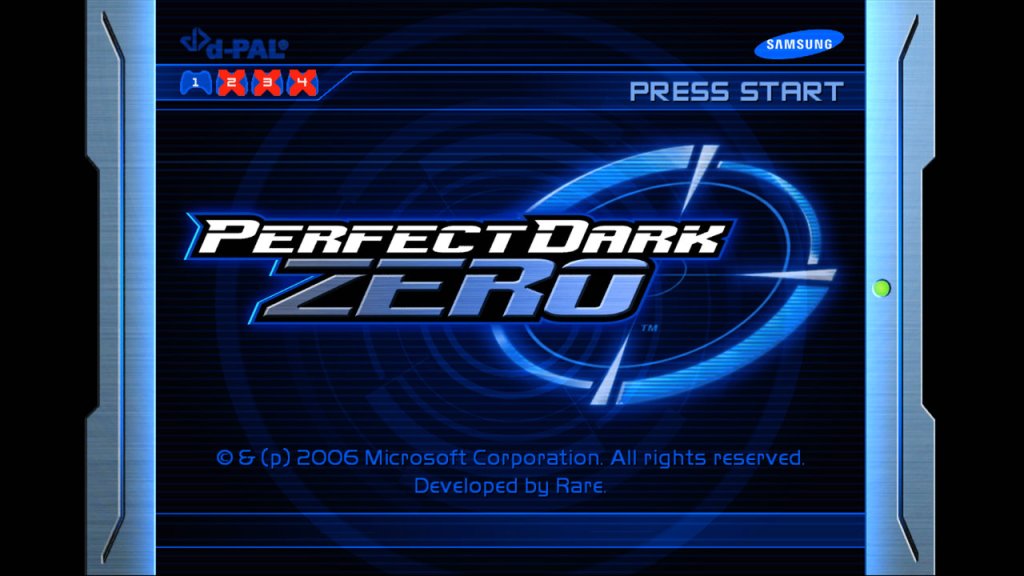
First off, Perfect Dark Zero is trying to tell the origin story of Joanna Dark, our badass spy chick, in this futuristic 2020 where corporations are running the show (similar to your typical futuristic SciFI story, like Unreal and Deus Ex). You’re out here doing bounty hunter gigs with your father, Jack, before things turn bad with dataDyne and some alien artifact. The story is a lot more hard to follow compared to the N64 original, even with the HD cut scenes. The original had this tight, mysterious vibe with Area 51 and Skedar aliens—felt like X-Files meets GoldenEye. This one’s got a convoluted plot. The N64 game’s story wasn’t perfect, but it had charm and focus. Zero feels like it’s trying too hard to be epic and just trips over itself, which is usually a sign a game was rushed to reach a console launch deadline.
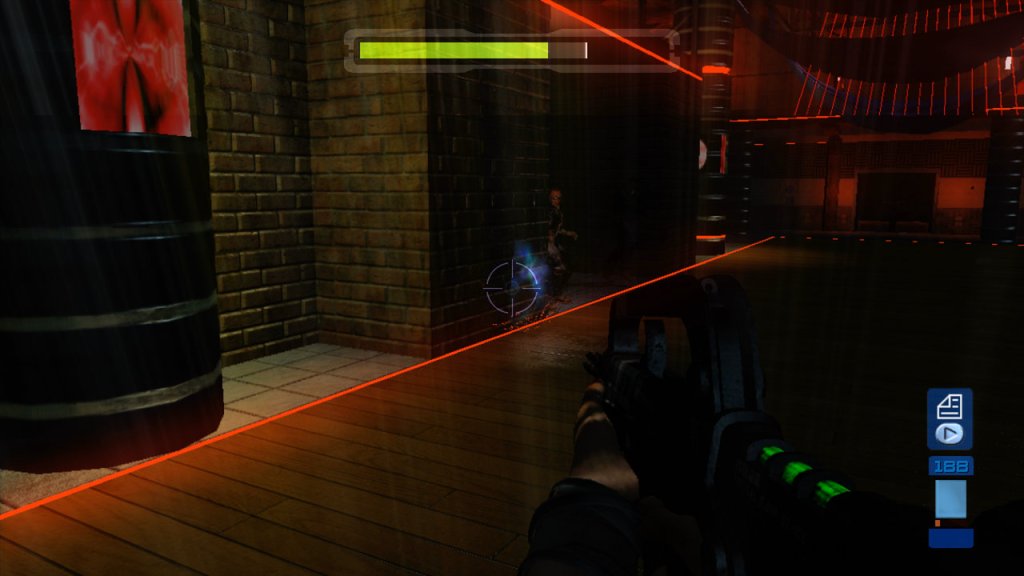
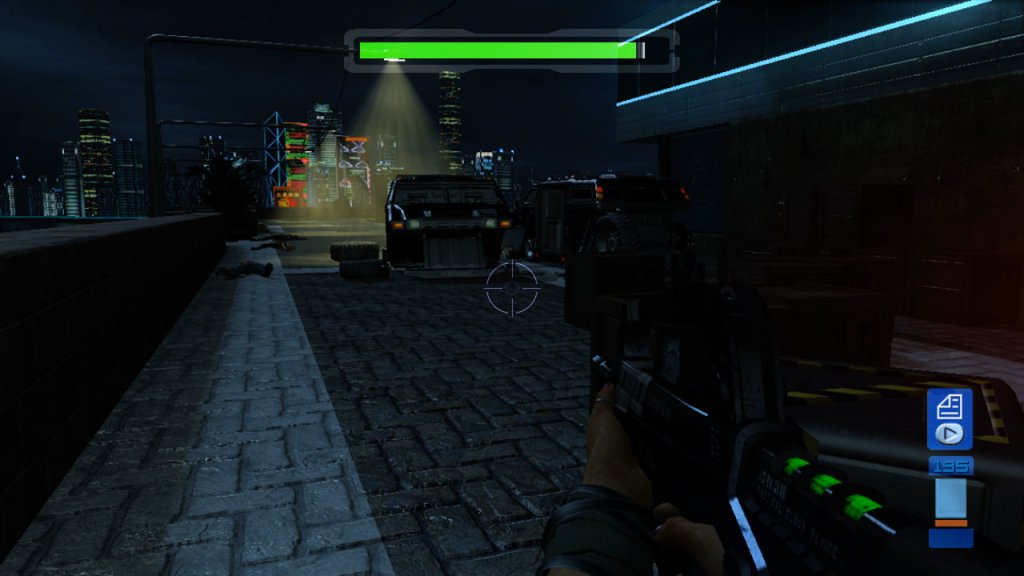
PDZ’s 2020 setting depicts a world where corporations like dataDyne dominate global affairs, overshadowing governments. This theme critiques unchecked corporate greed and the ethical dangers of profit-driven science, as dataDyne’s pursuit of the Graal prioritizes power over humanity’s safety. It reflects fears of real-world corporate overreach, a staple of cyberpunk stories. Sound Familiar? Corporations in 2020, like Amazon, Google, and Microsoft, arguably hold significant economic and cultural influence but didn’t supplant governments – well not as we know of yet.
At least Aliens are still fictional
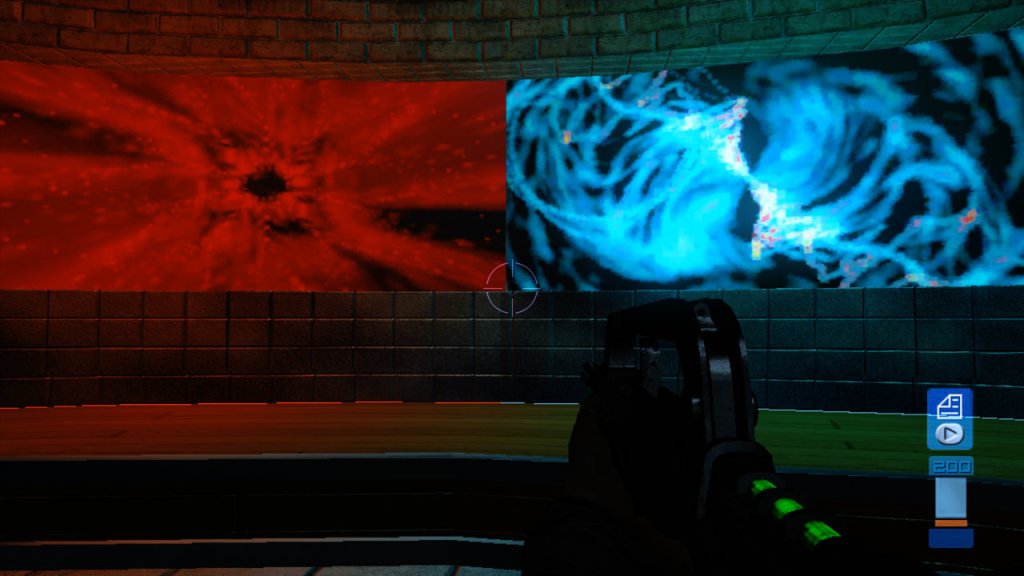
Another key element is Betrayal, that drives much of the plot. Chandra’s double-cross, Mai Hem’s ruthlessness, and dataDyne’s manipulation of allies like Killian. Joanna’s journey tests her trust in others, contrasted by her growing loyalty to the Carrington Institute, which represents a moral counterpoint to dataDyne’s amorality. This theme explores personal and ideological conflicts in a world of shifting allegiances.
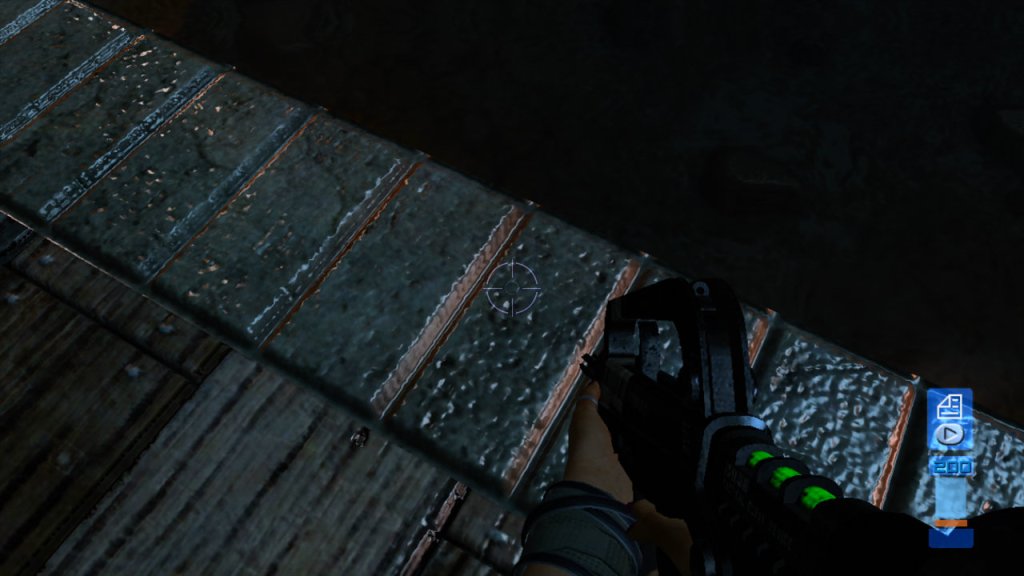
Gameplay-wise, it’s got that FPS core, but it’s leaning into tactical stuff—cover system, dodge rolls, stealth objectives. You can hack terminals with a Datathief gadget or sneak past guards, which is cool but it isn’t as smooth as the original. The N64 Perfect Dark had those tight controls, even on that wonky controller, and missions felt varied with objectives that changed per difficulty. Zero’s campaign is alright—14 missions, playable solo or co-op. The co-op’s is dynamic, like one guy hacks while the other covers which an interesting way to implement multiplayer into a single player campaign.
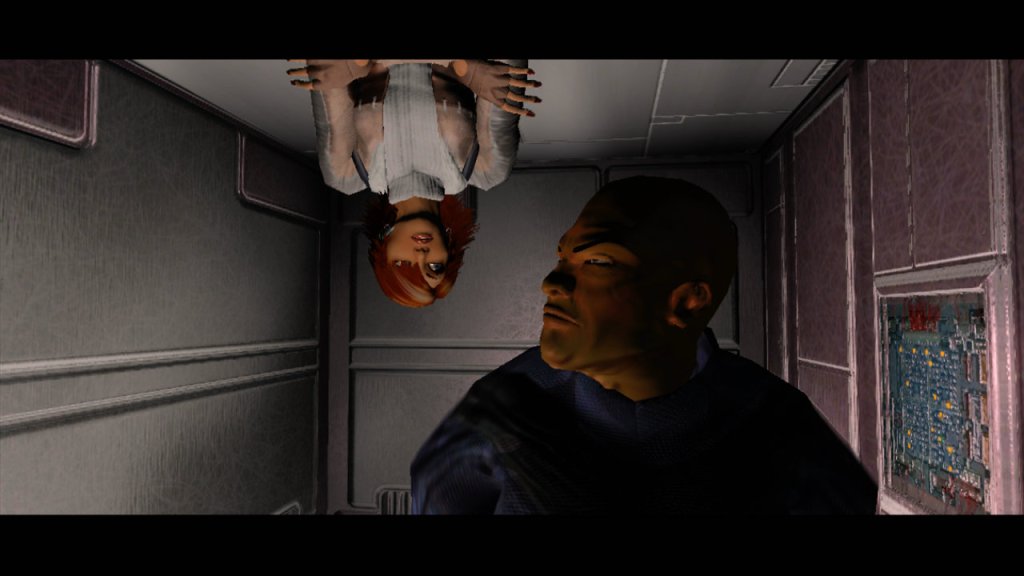
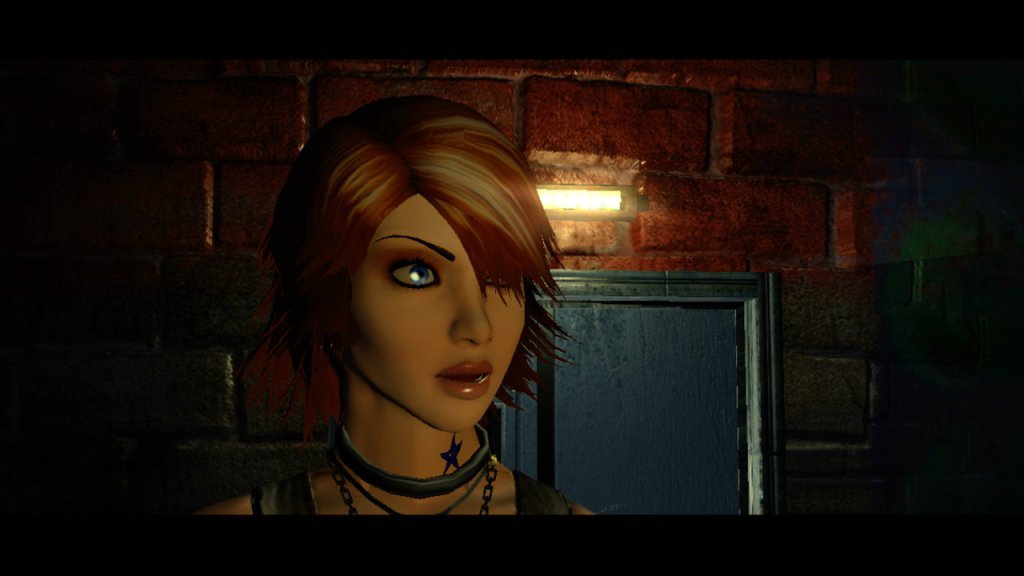
The multiplayer is where Perfect Dark built its throne. The N64 version had us glued to four-way split-screen with bots, proxy mines, and Laptop Guns—pure chaos in the best way. Zero steps it up with 32-player Xbox Live matches, which was mind-blowing in ’05. You got DeathMatch, Capture the Flag, and this DarkOps mode where you’re buying weapons with credits like it’s Counter-Strike. The bots are still varied, with personalities like “Judge” who hunts the top player. Problem is, the maps feel less inspired than the N64’s tight arenas like Facility or Complex.
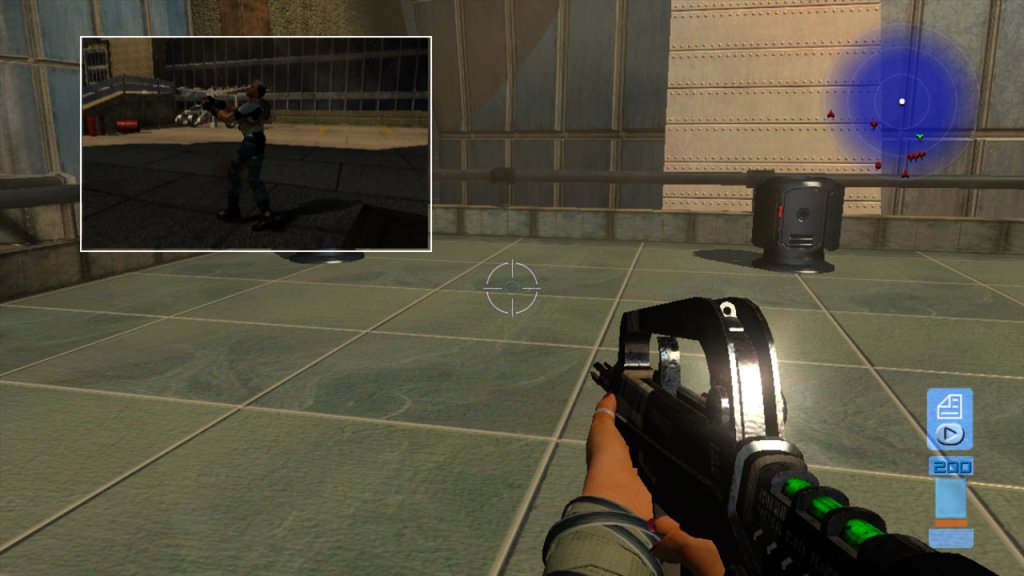
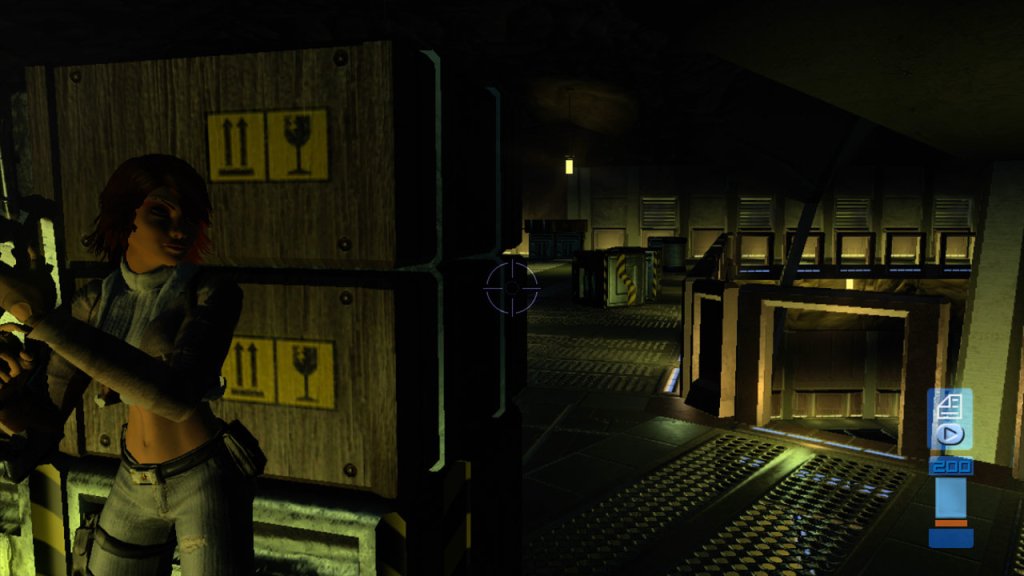
This game was a showcase for what the 360 could do. We’re talking 720p, widescreen, HDR lighting that makes neon-lit Hong Kong levels pop like a music video. The parallax mapping gives textures this 3D depth, and ambient occlusion makes shadows look real as hell—stuff we weren’t seeing on PS2 or Xbox. Joanna’s character model, with her red hair and tactical gear, looks slick, even if her anime-inspired design feels less iconic than the N64’s gritty vibe. Environments like dataDyne’s skyscraper or the Peruvian ruins are massive and detailed, a huge leap from the N64’s blocky polygons. But sometimes the framerate chugs, especially in big multiplayer matches, and animations feel stiff, like Rare was rushing to hit that launch deadline. Compared to Halo or later 360 games, it’s not quite top-tier, but for 2005, it was showing off what next-gen could be.
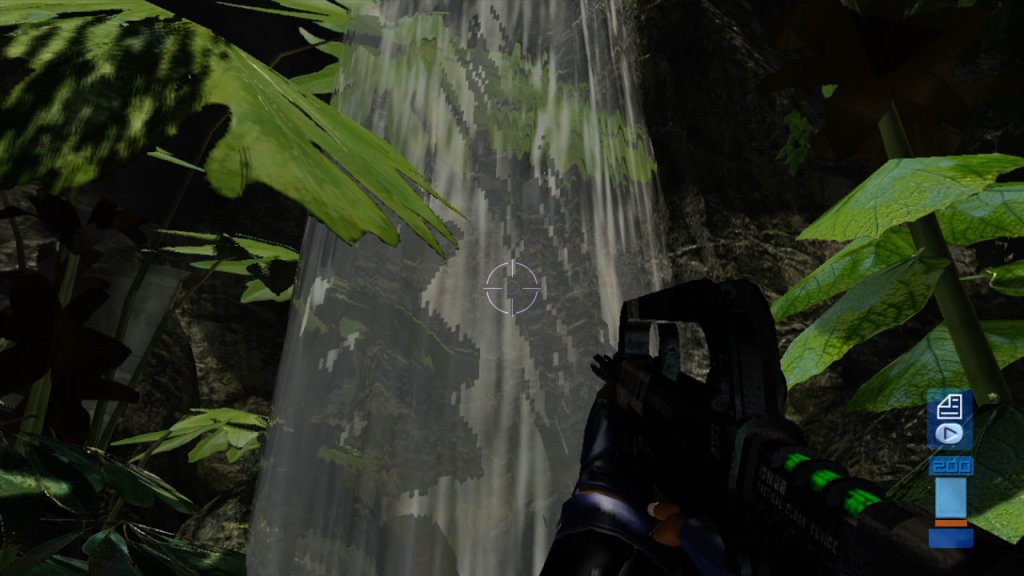
Compared to the N64 Perfect Dark, which wove its conspiracy with tighter pacing and a more cohesive blend of sci-fi and spy thriller, Zero’s story feels fragmented due to its rushed development. The themes are ambitious but often superficially explored, with weak dialogue and voice acting diluting their impact. Still, the corporate dystopia and tech-driven paranoia align with cyberpunk classics, while the personal revenge angle adds relatability. Overall, Perfect Dark Zero is a solid launch title, but it’s living in the shadow of a giant.
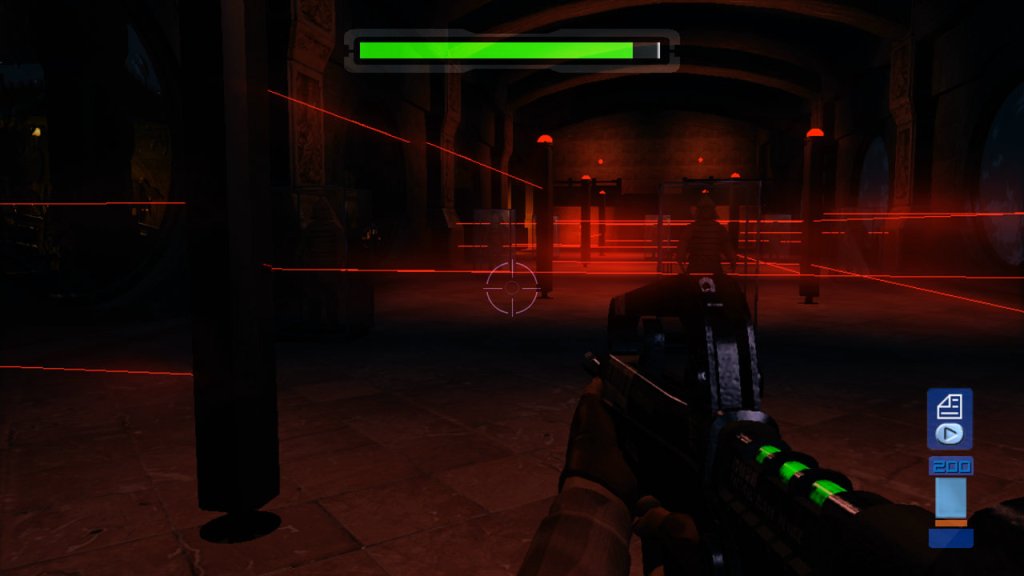
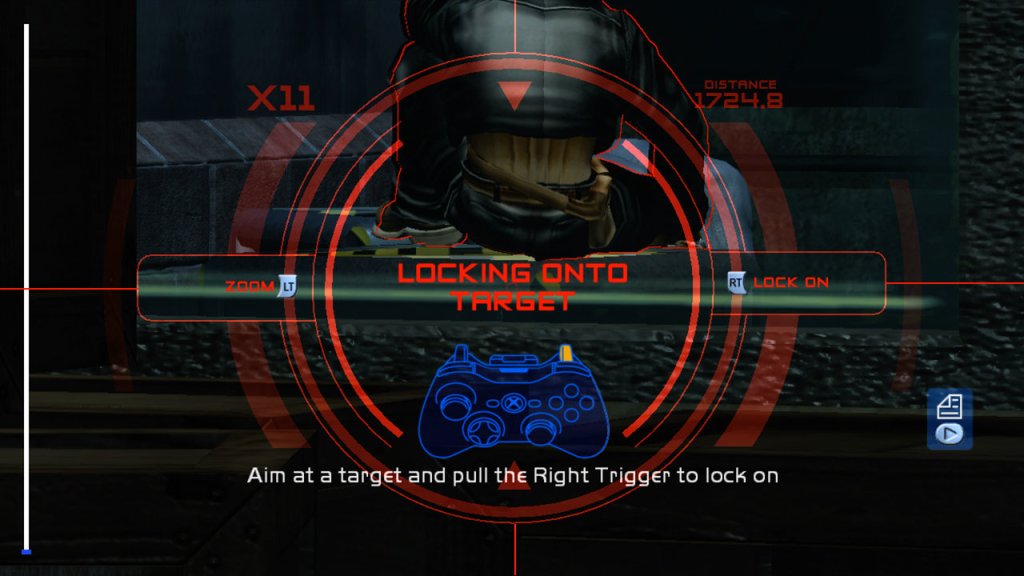

Nearly 20 years alter and Microsoft has yet to follow up with a sequel, and it’s unlikely they will at this point. A reboot was greenlit in 2020 but has since been cancelled with very little to show for, and that’s the last we will probably see of Perfect Dark.
